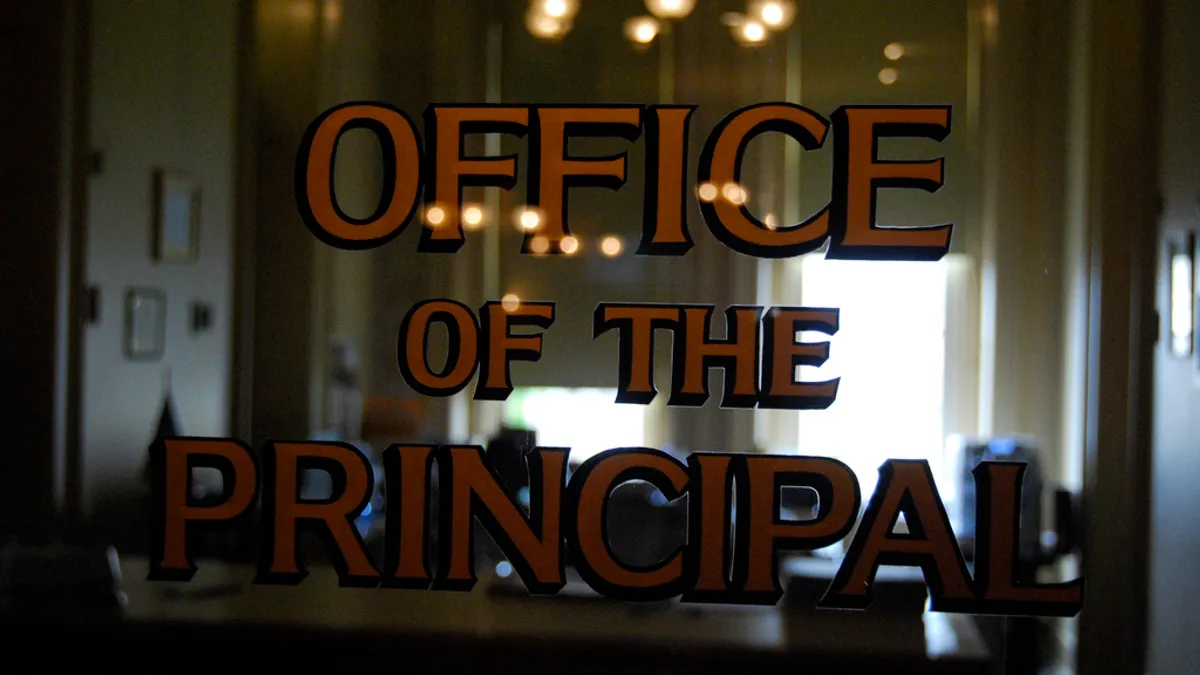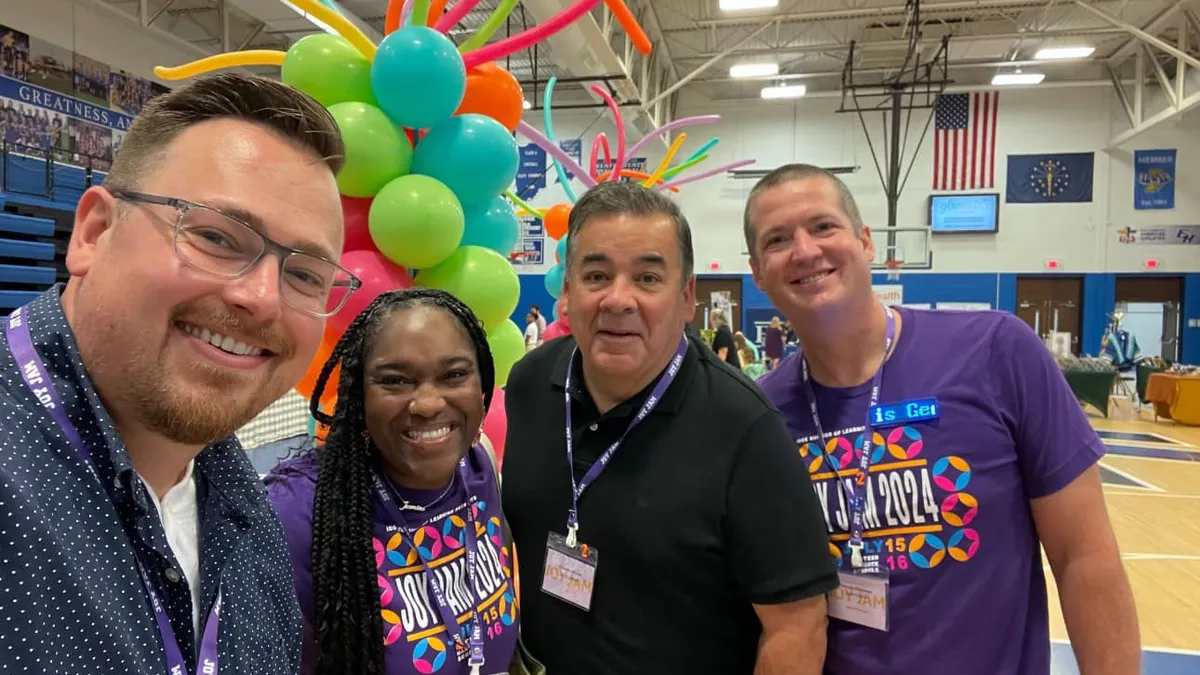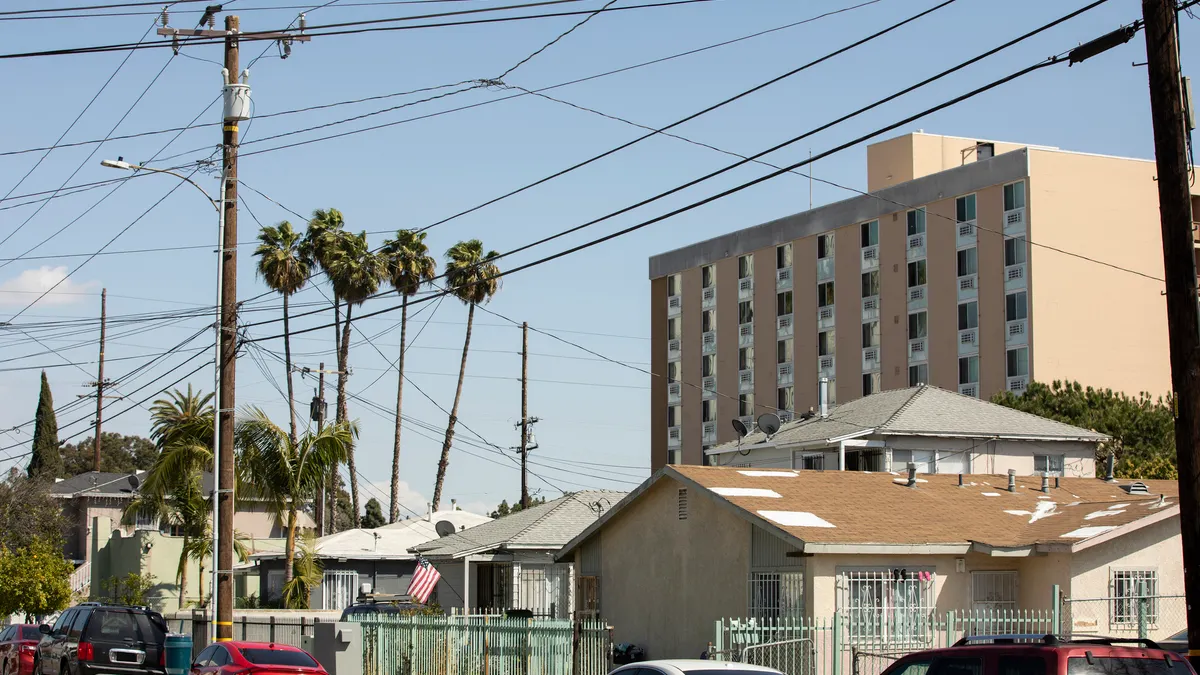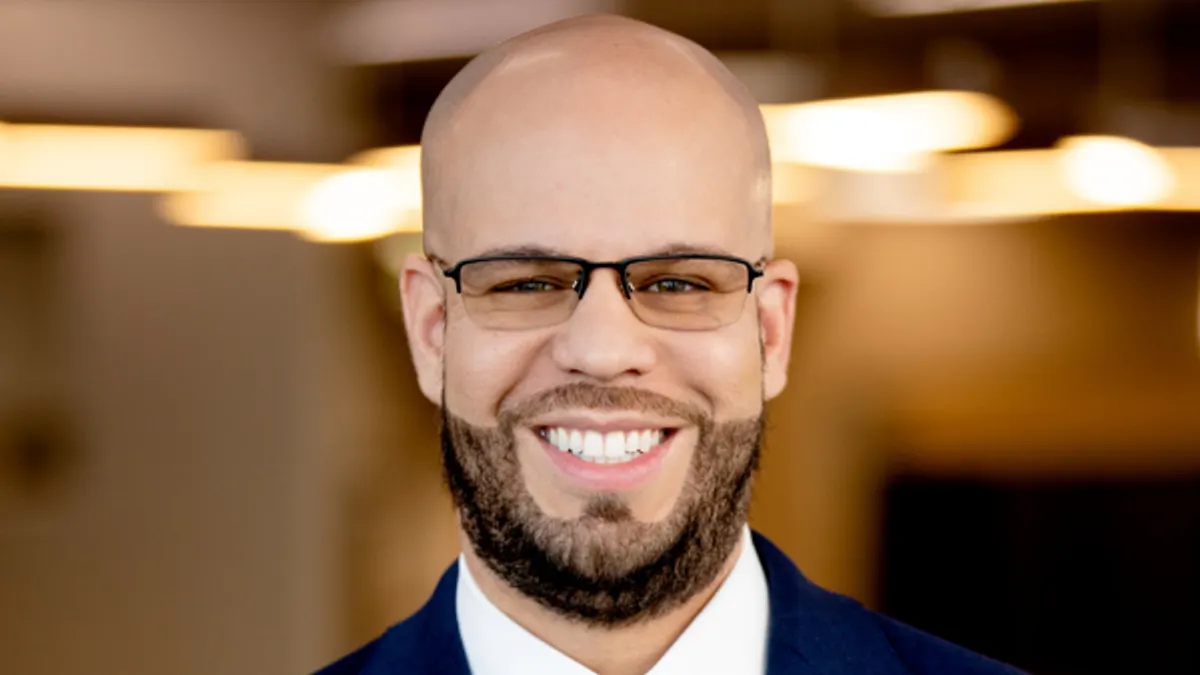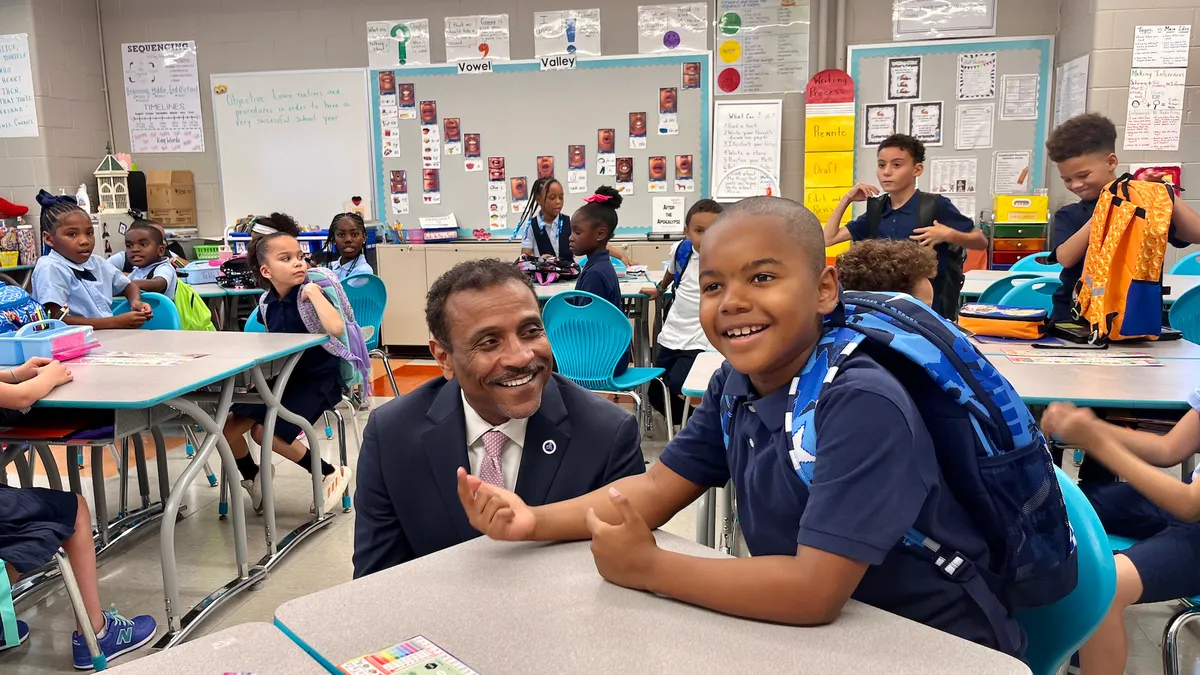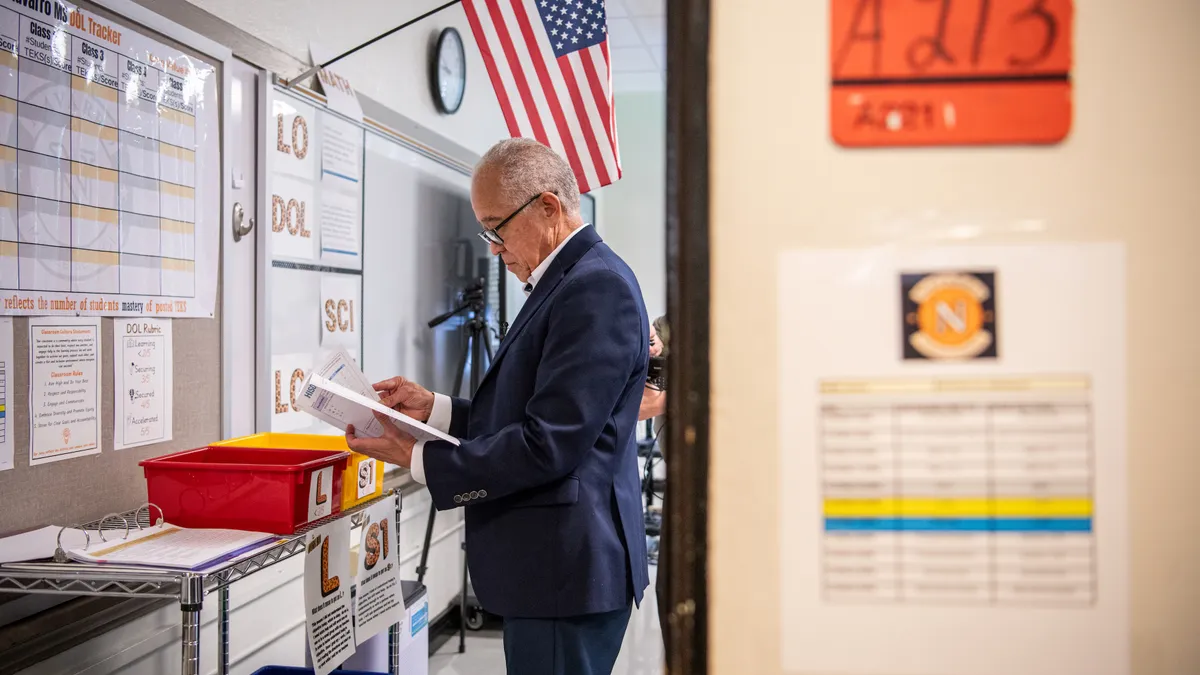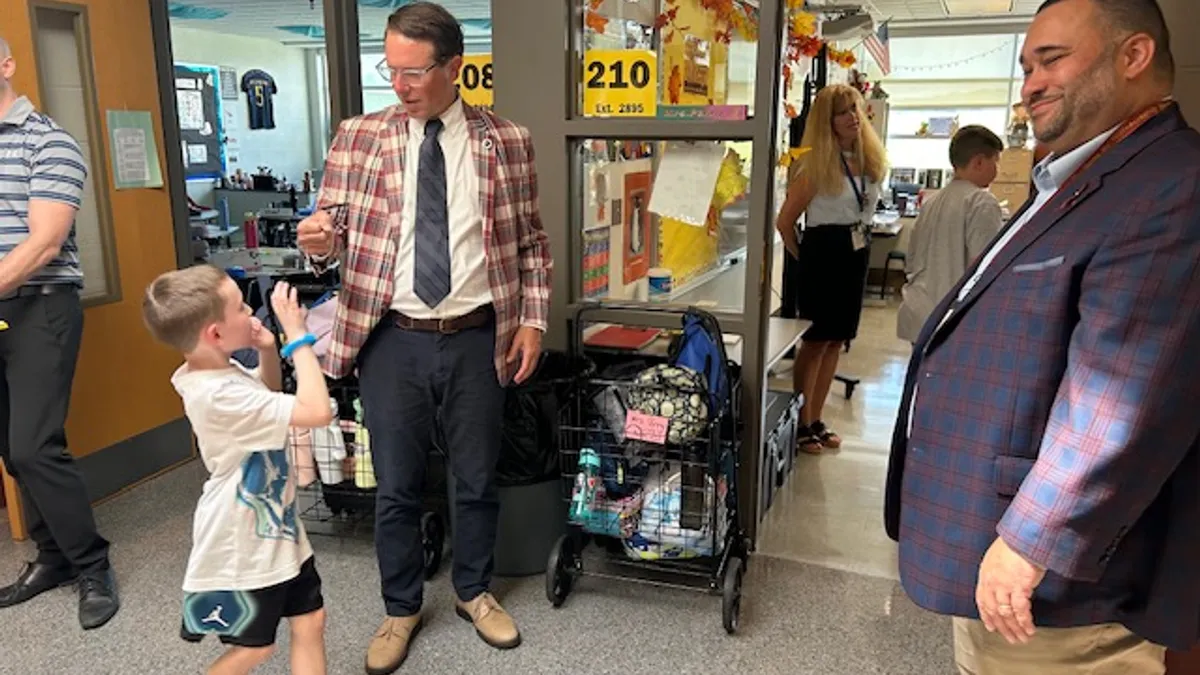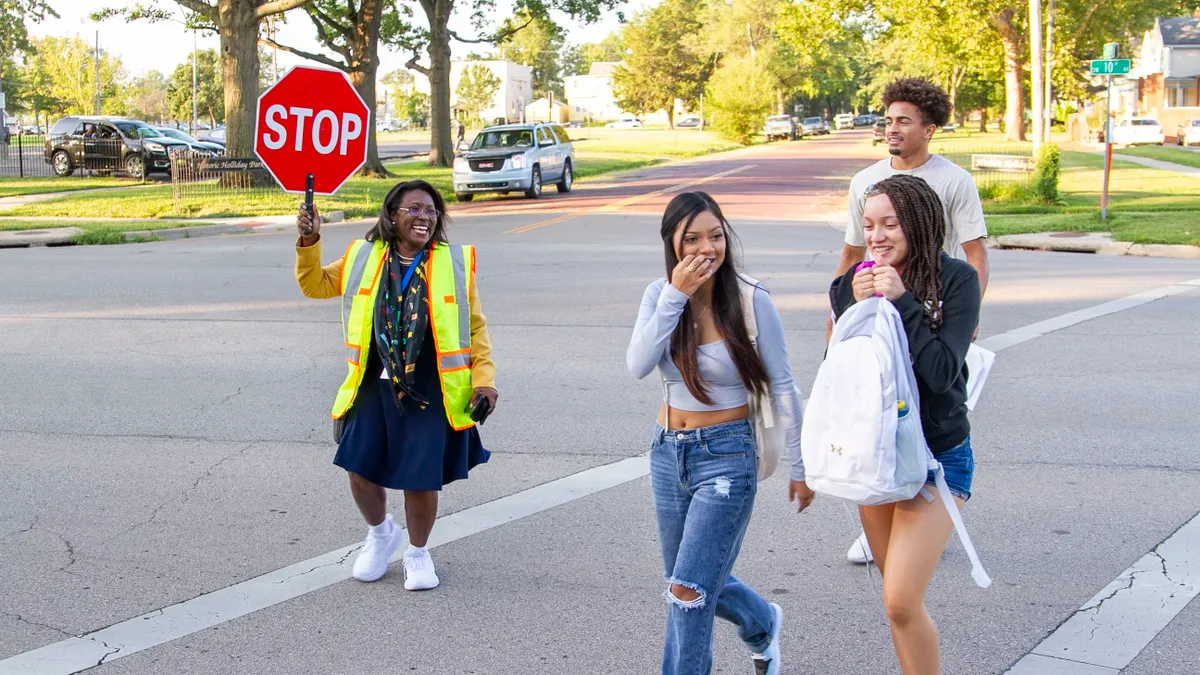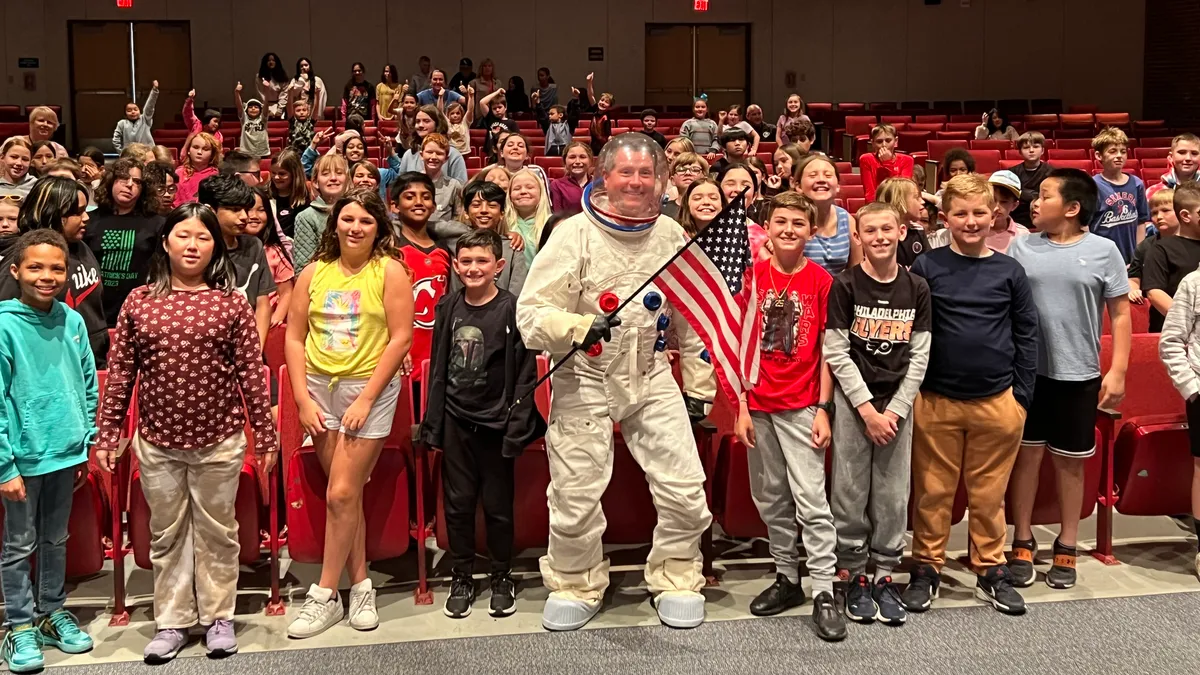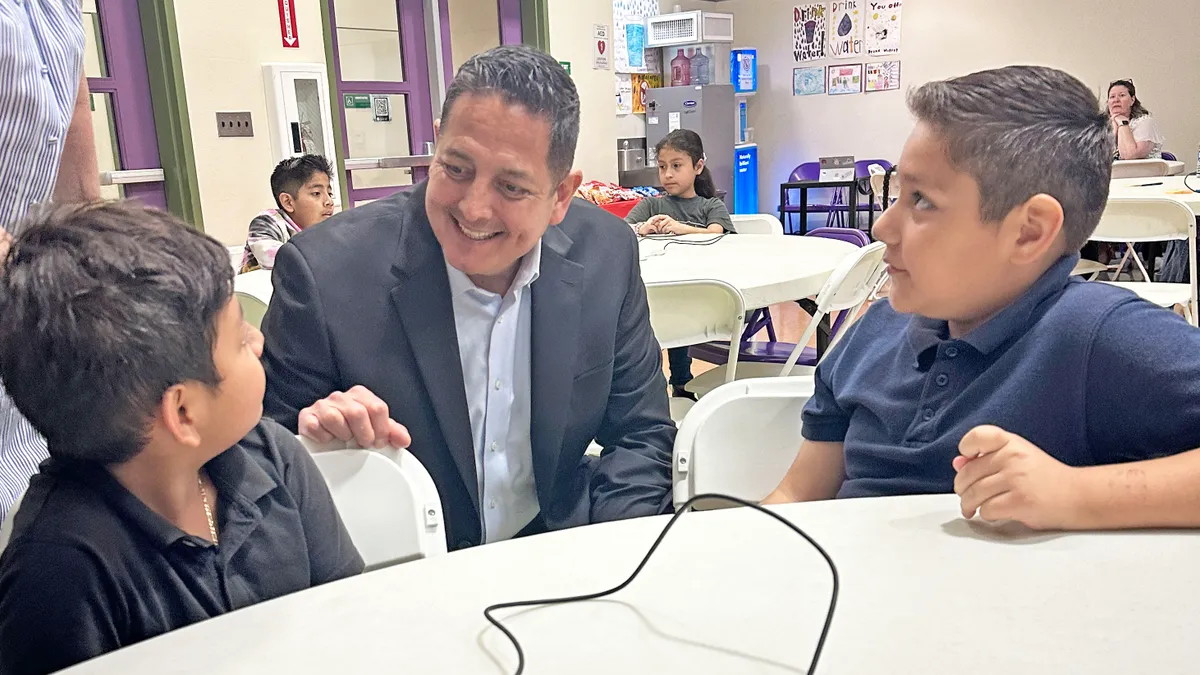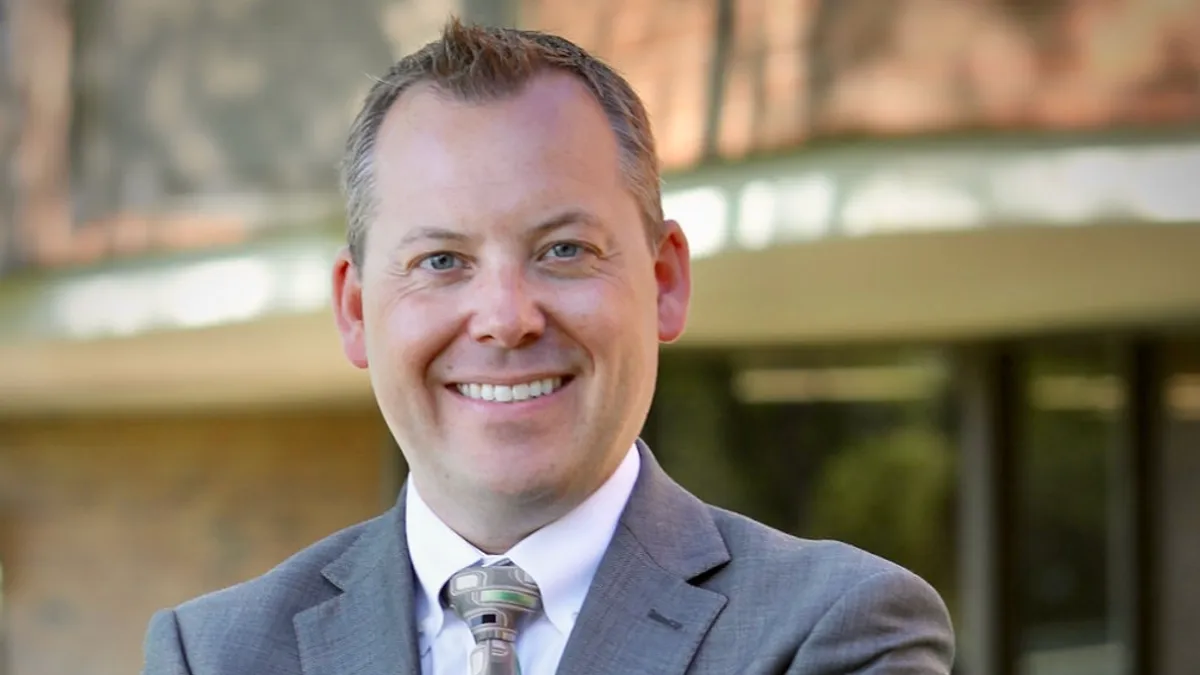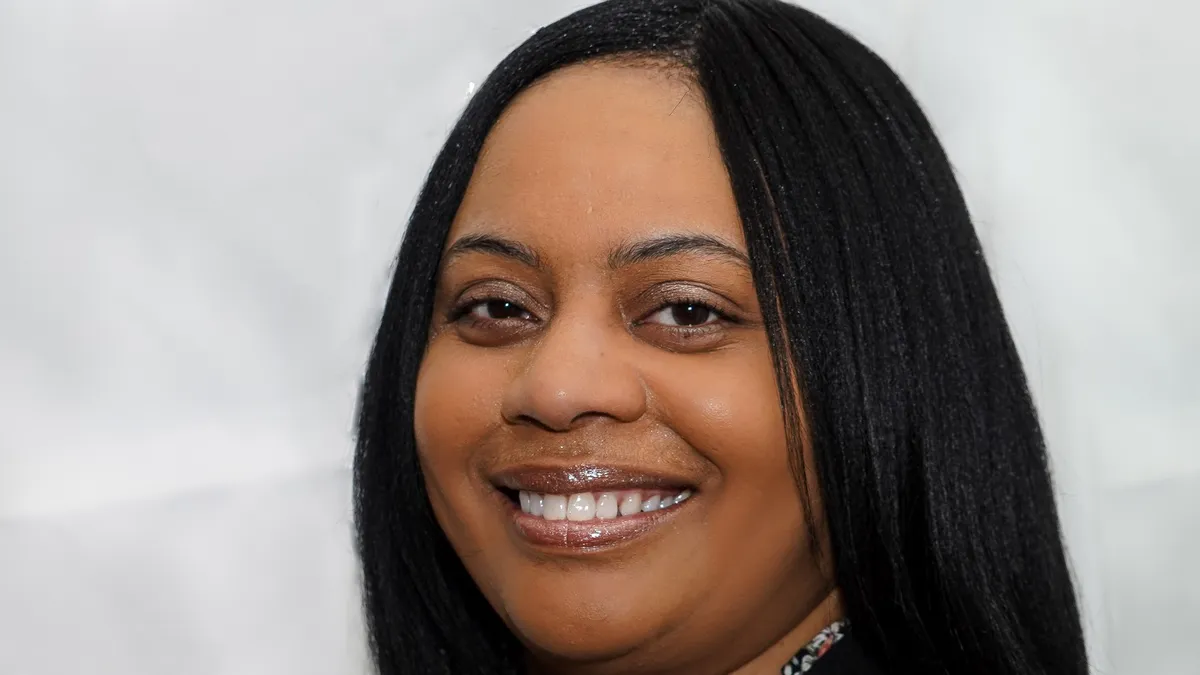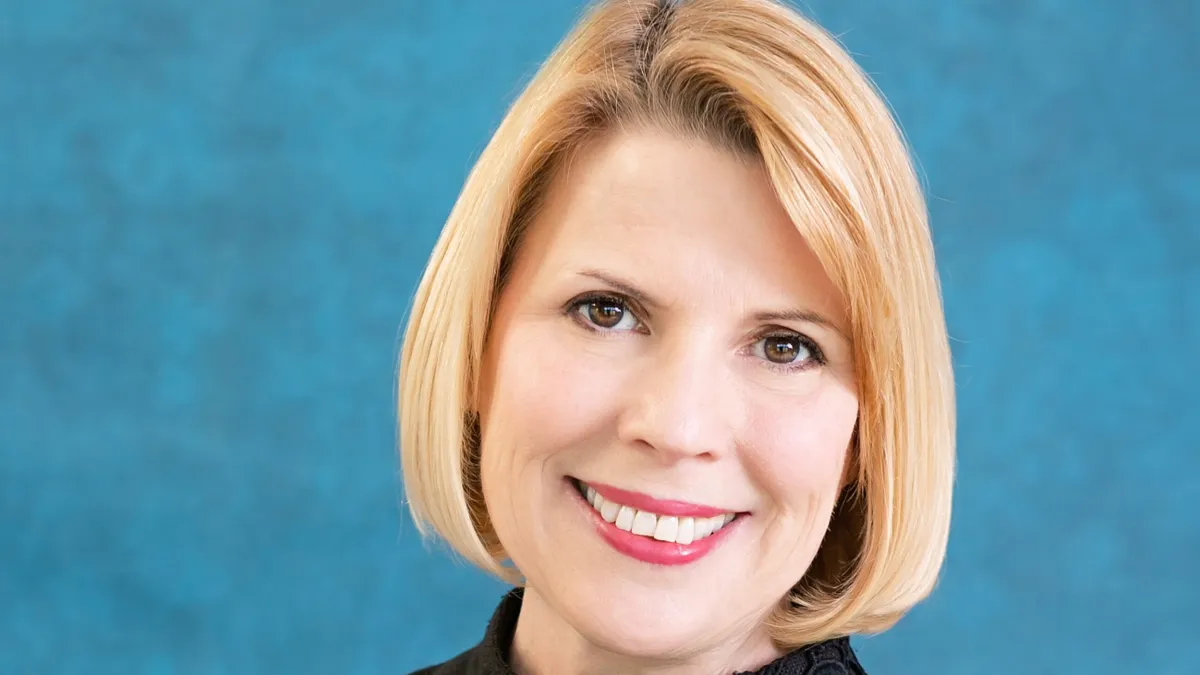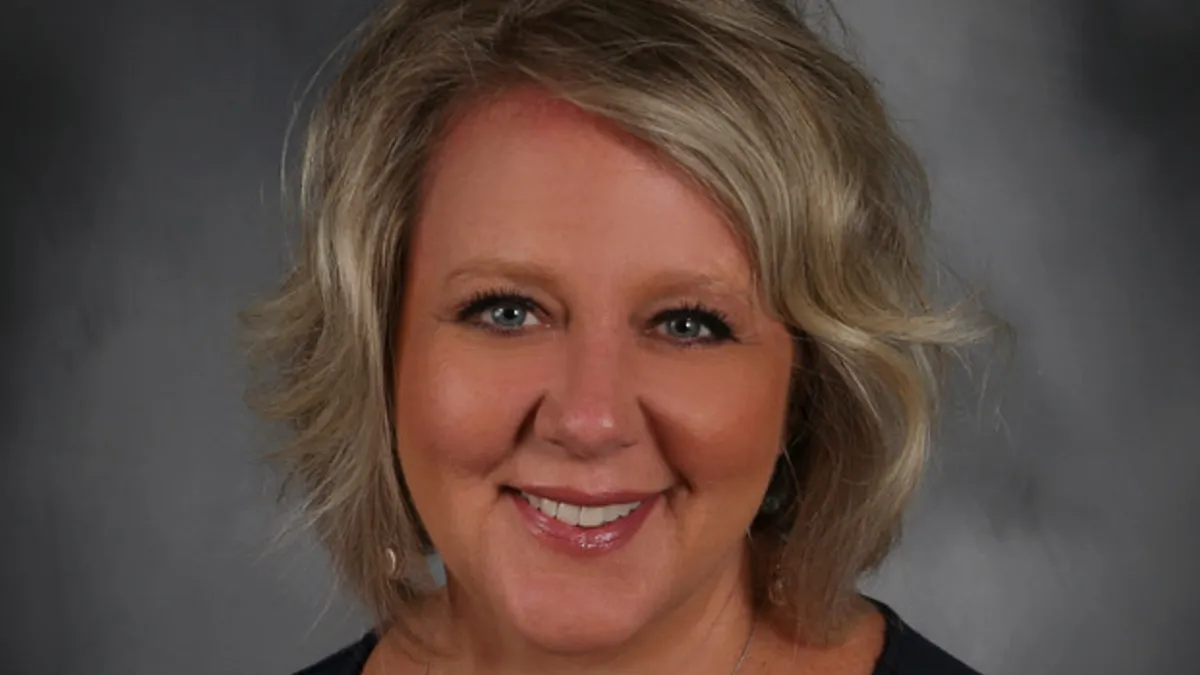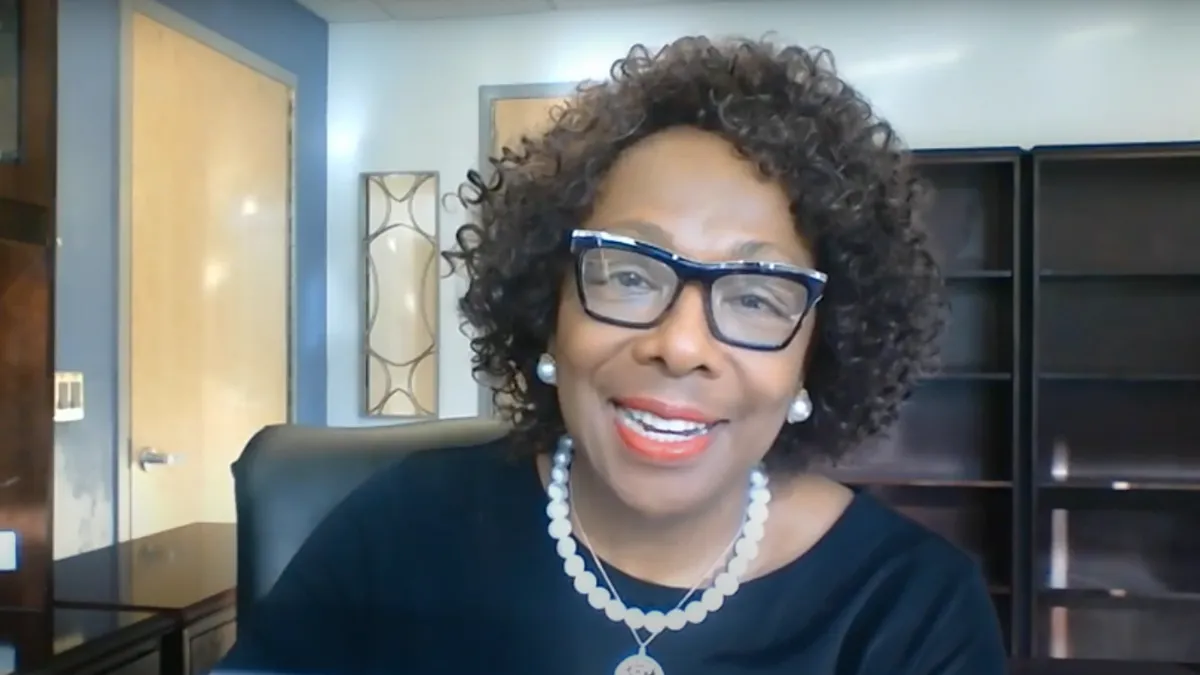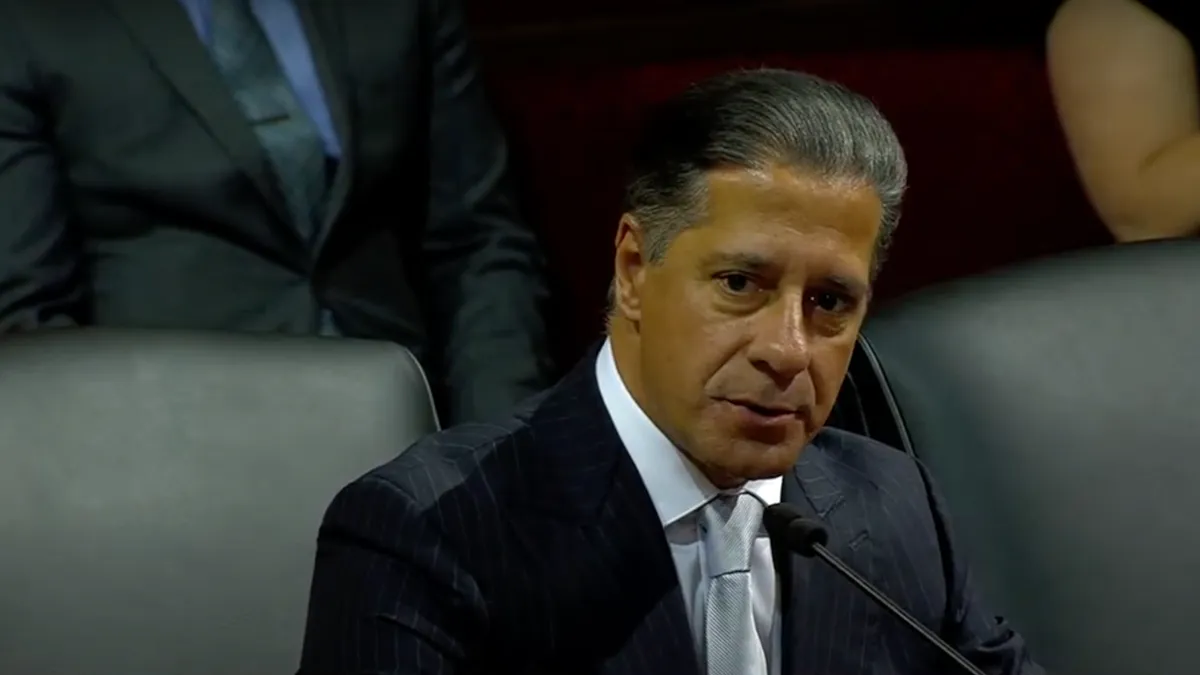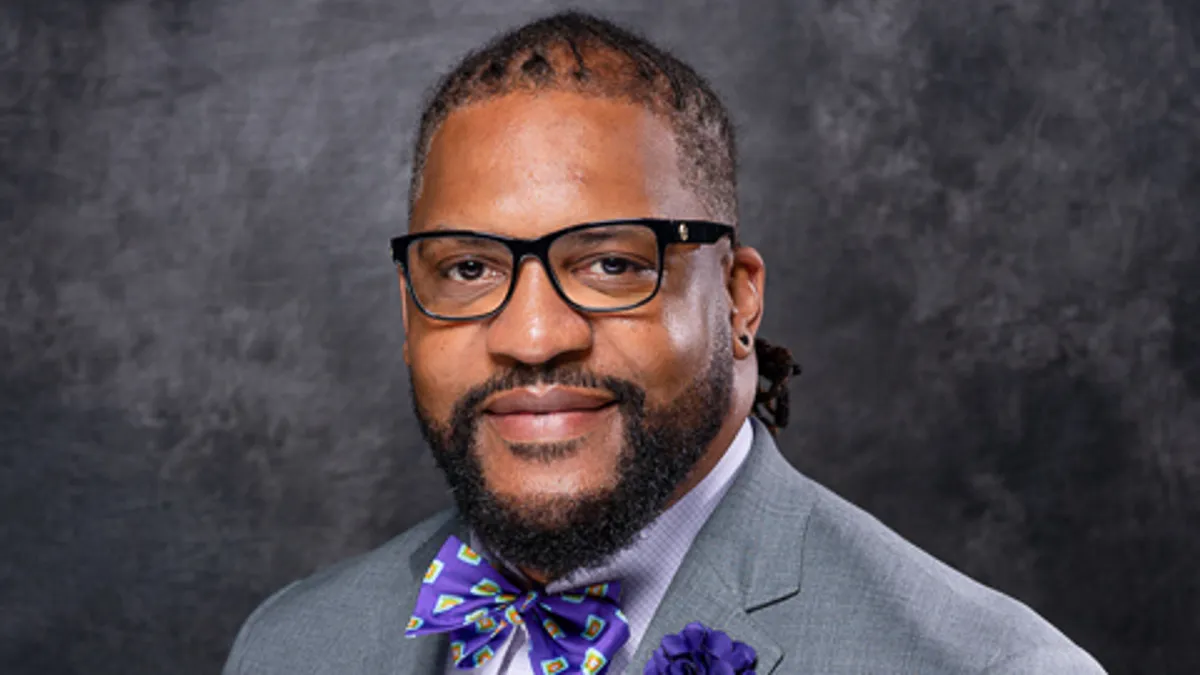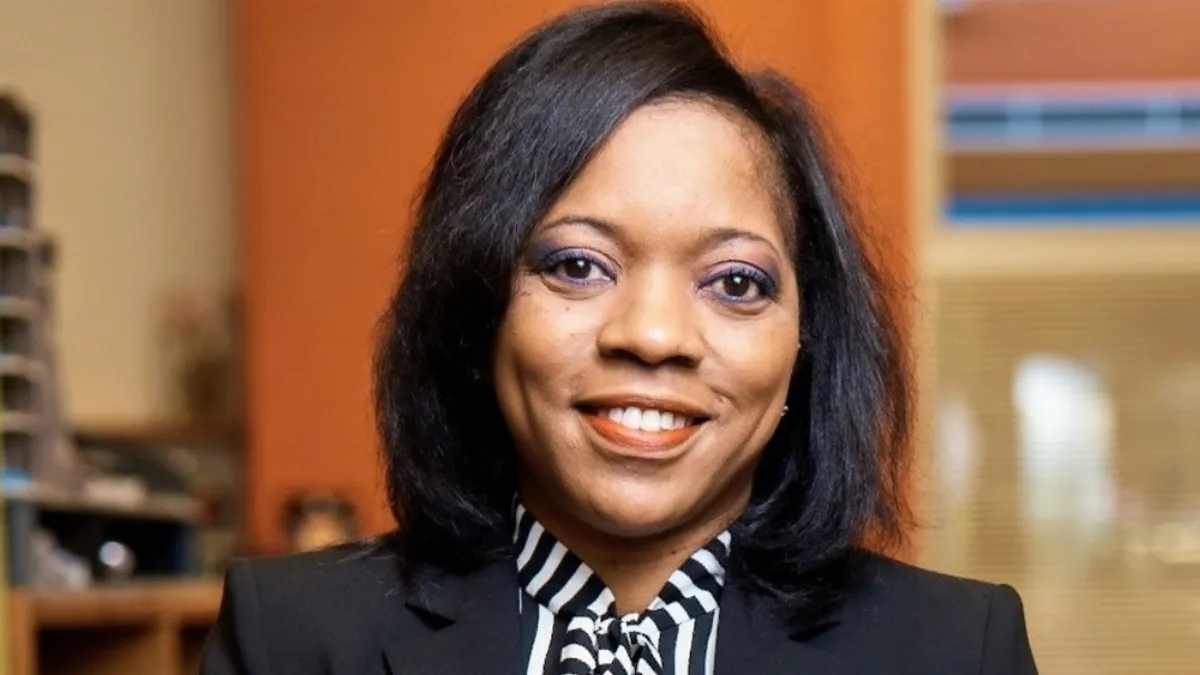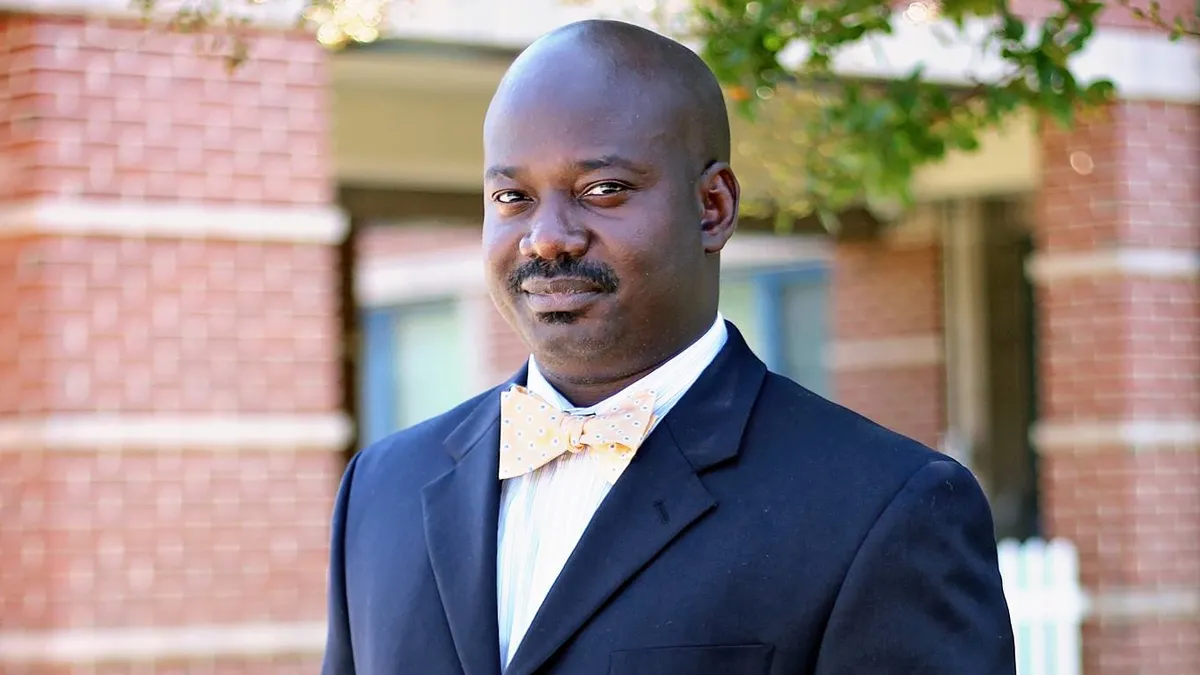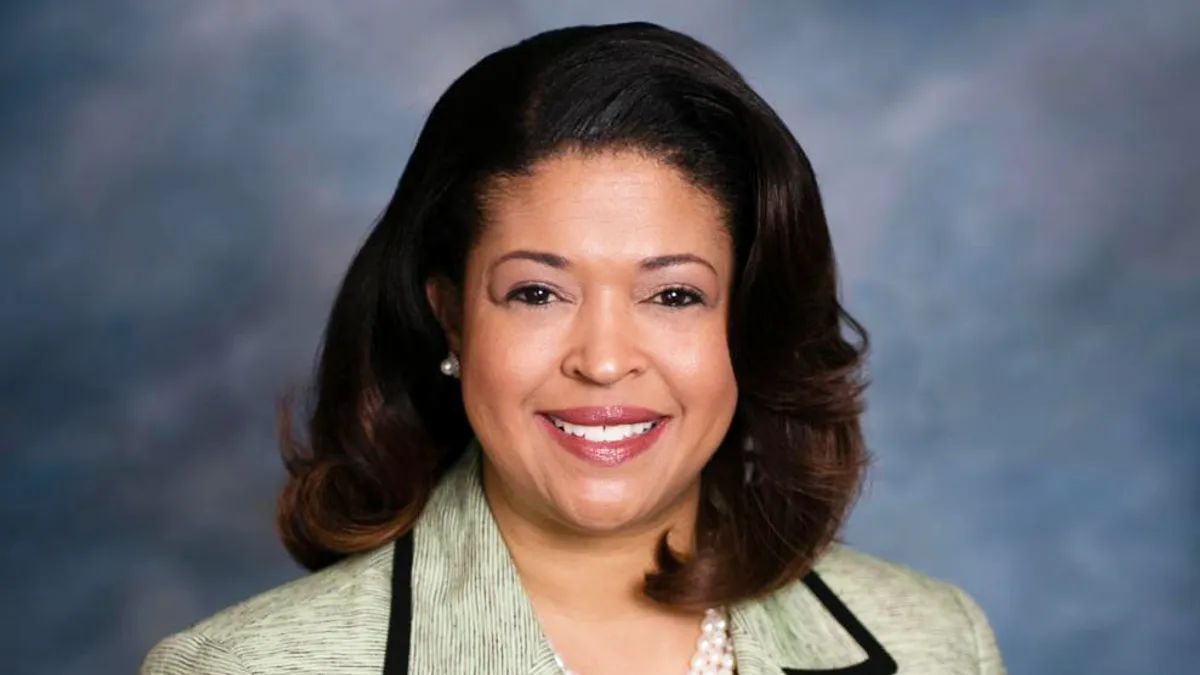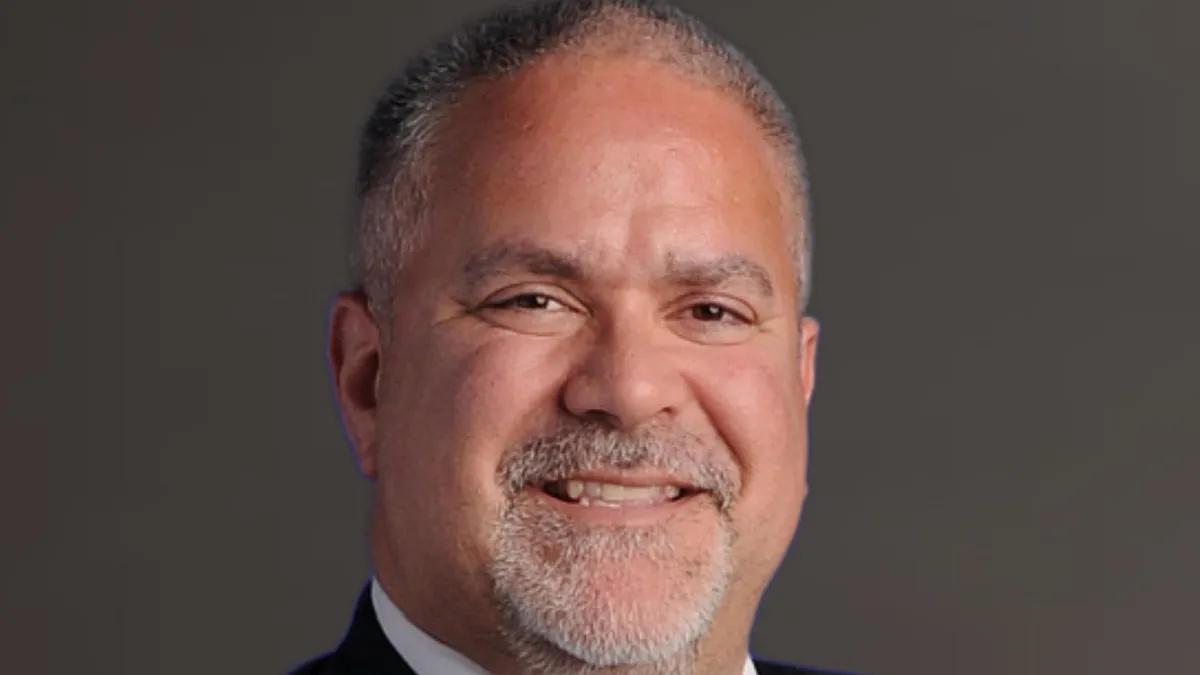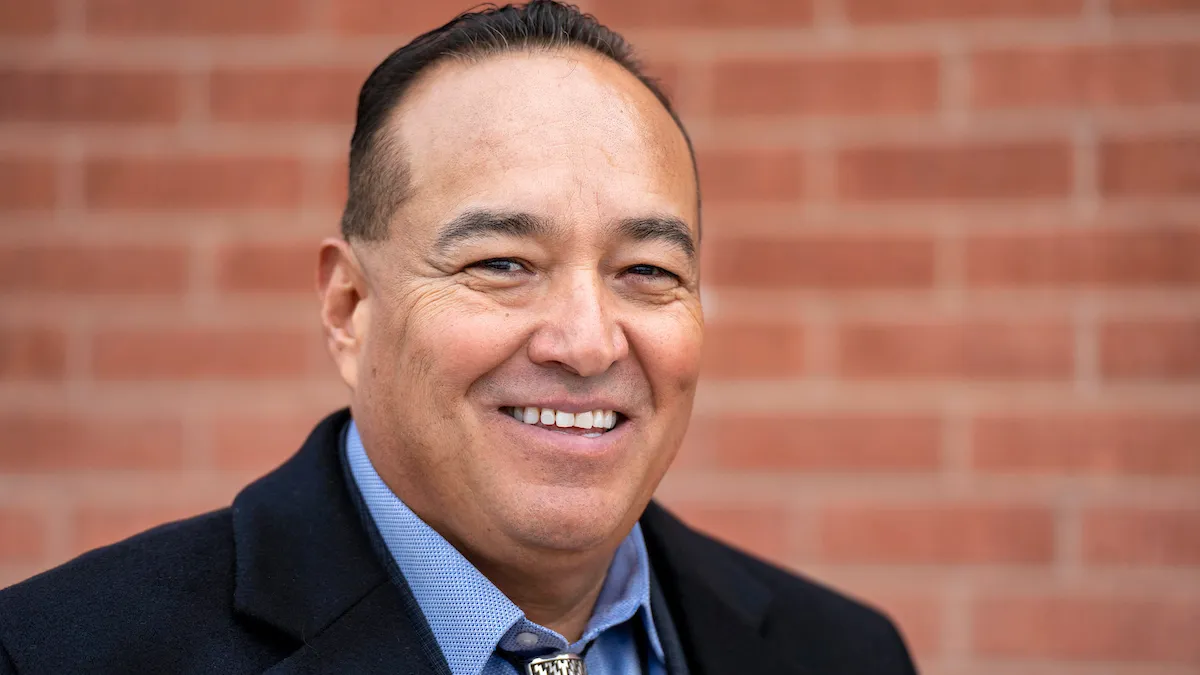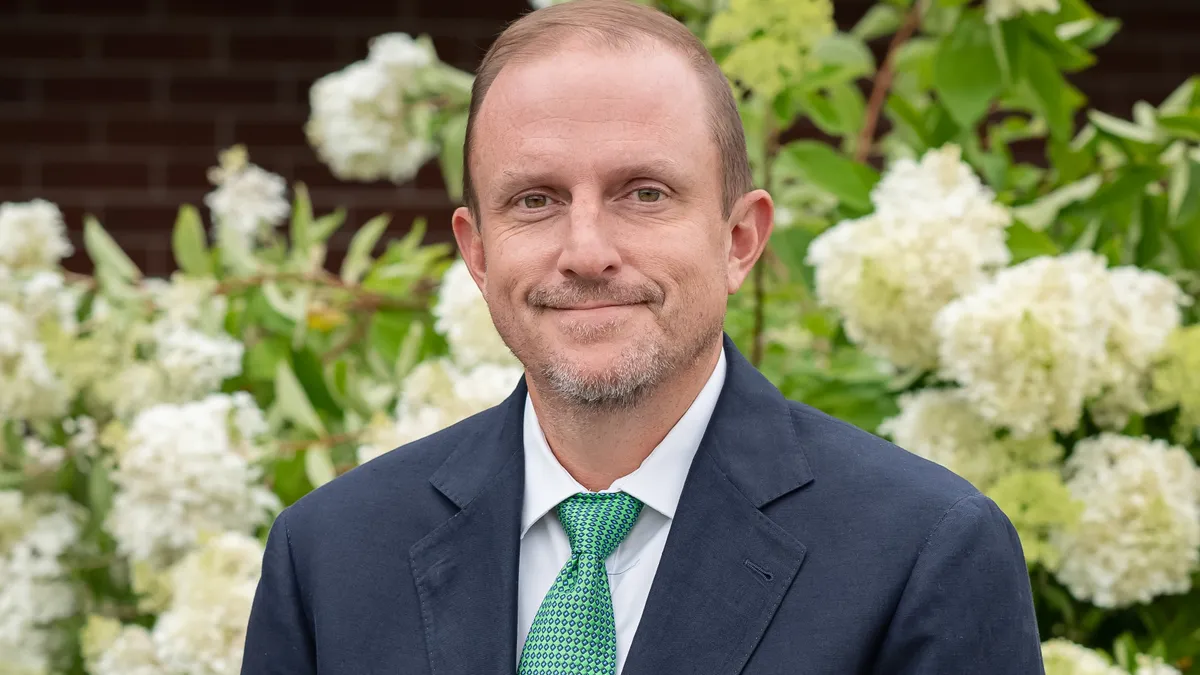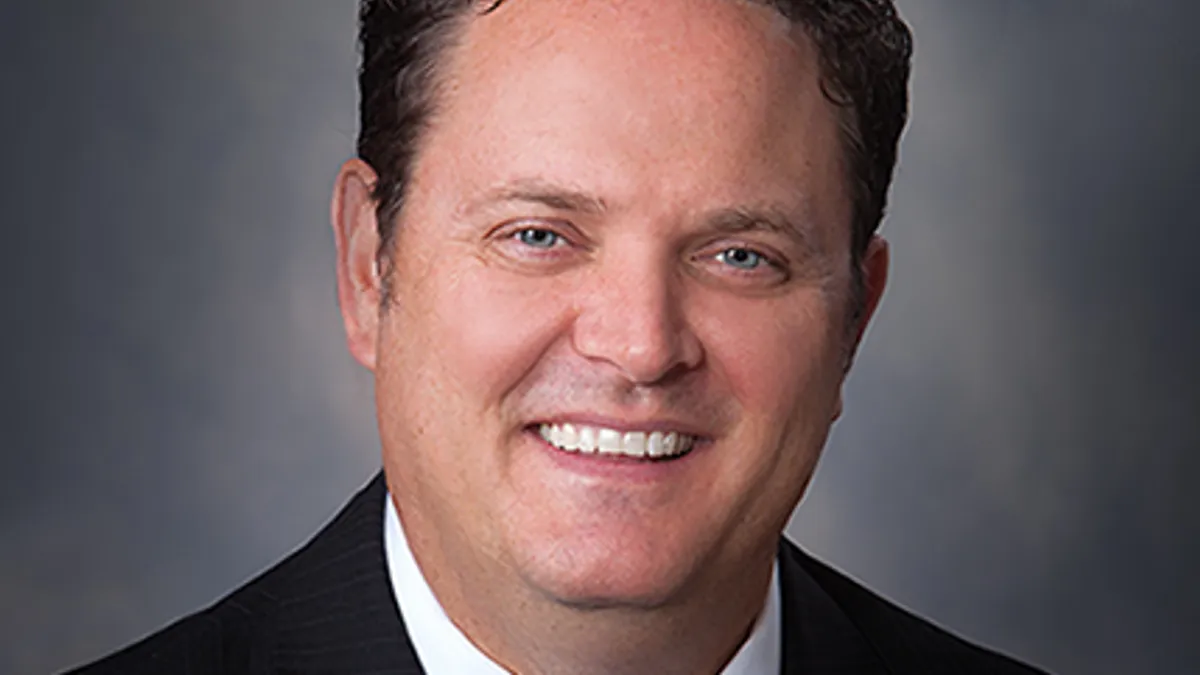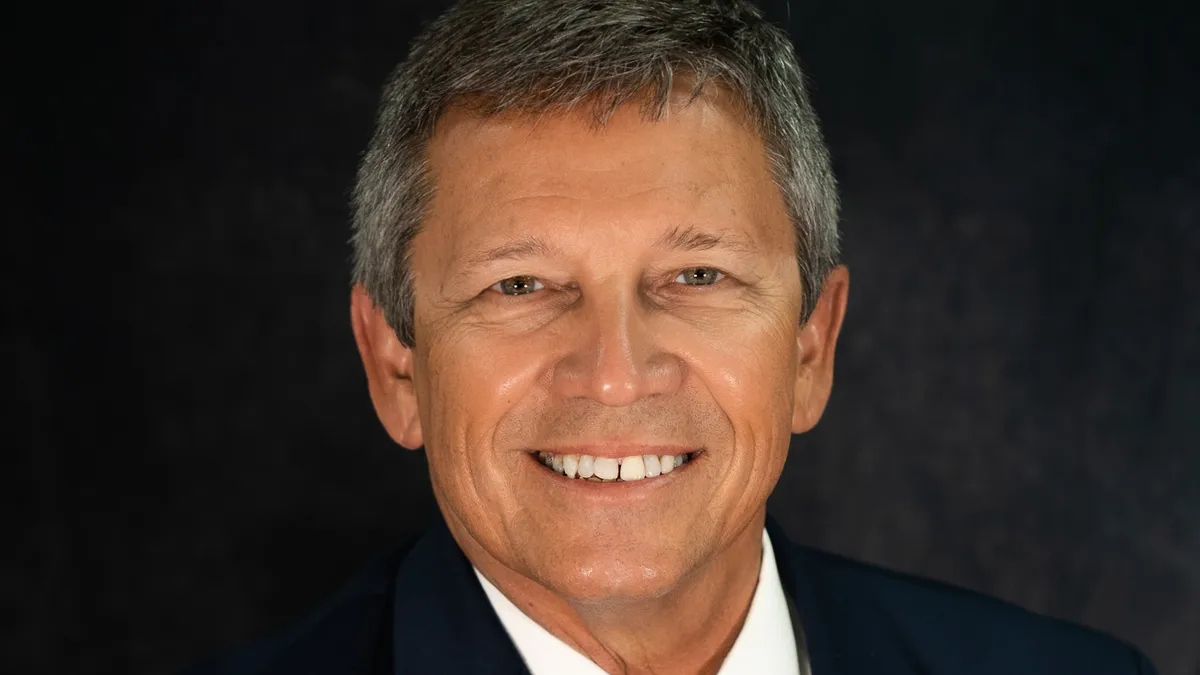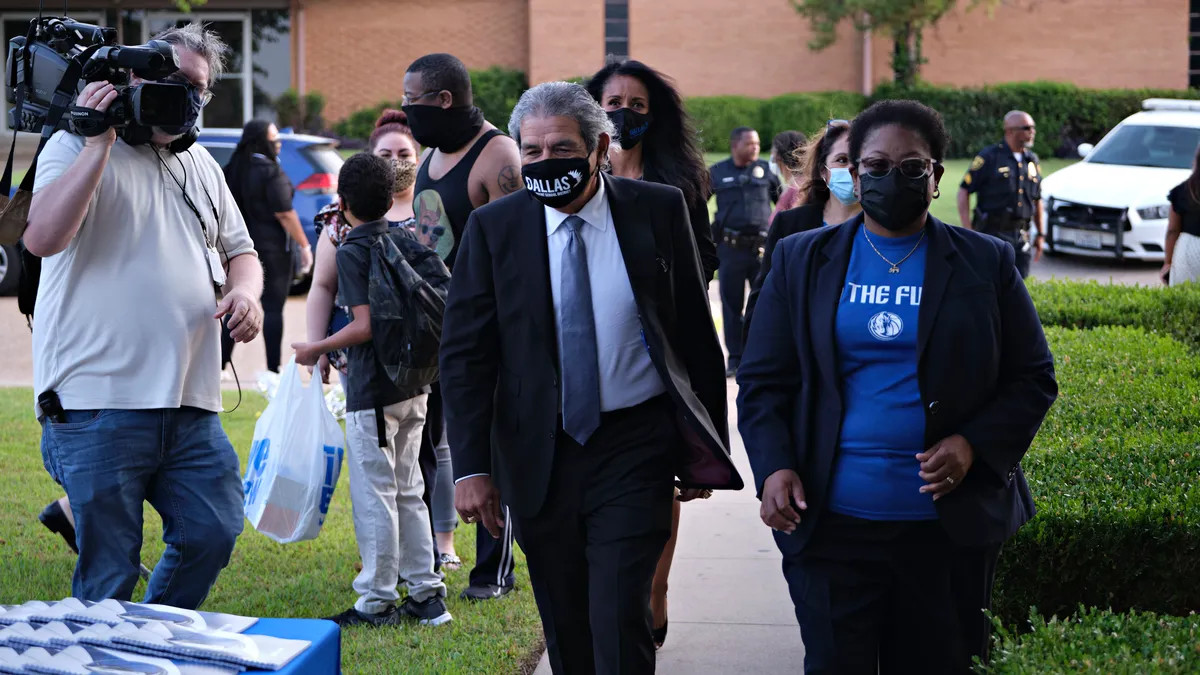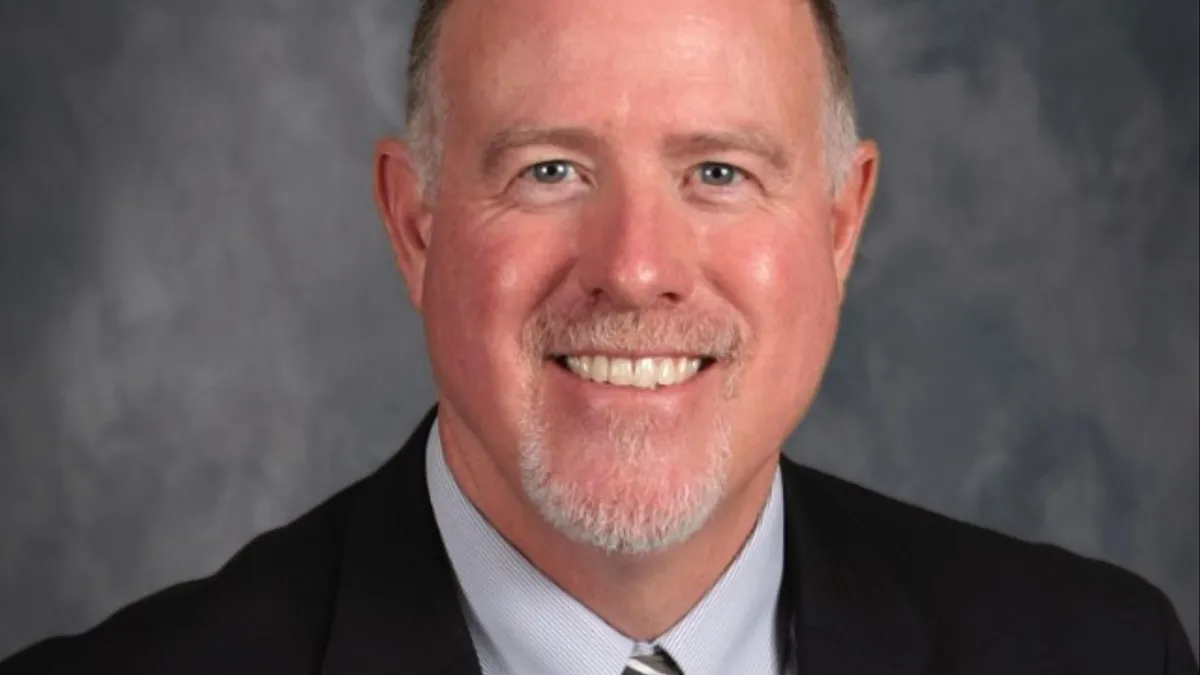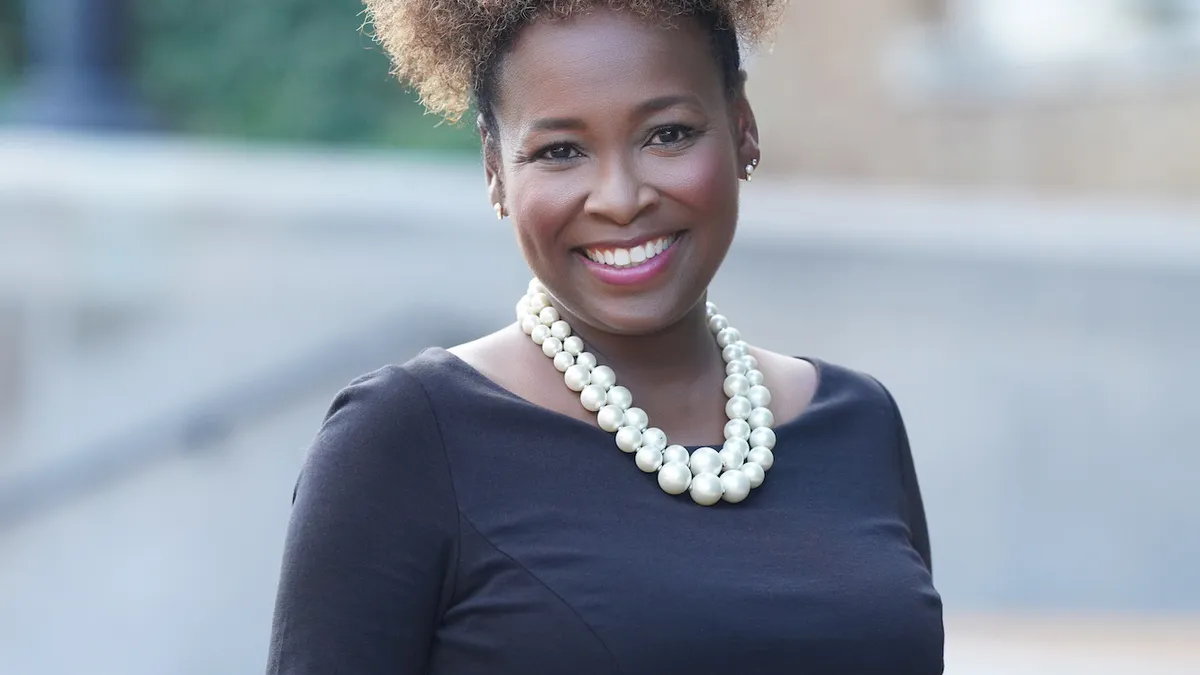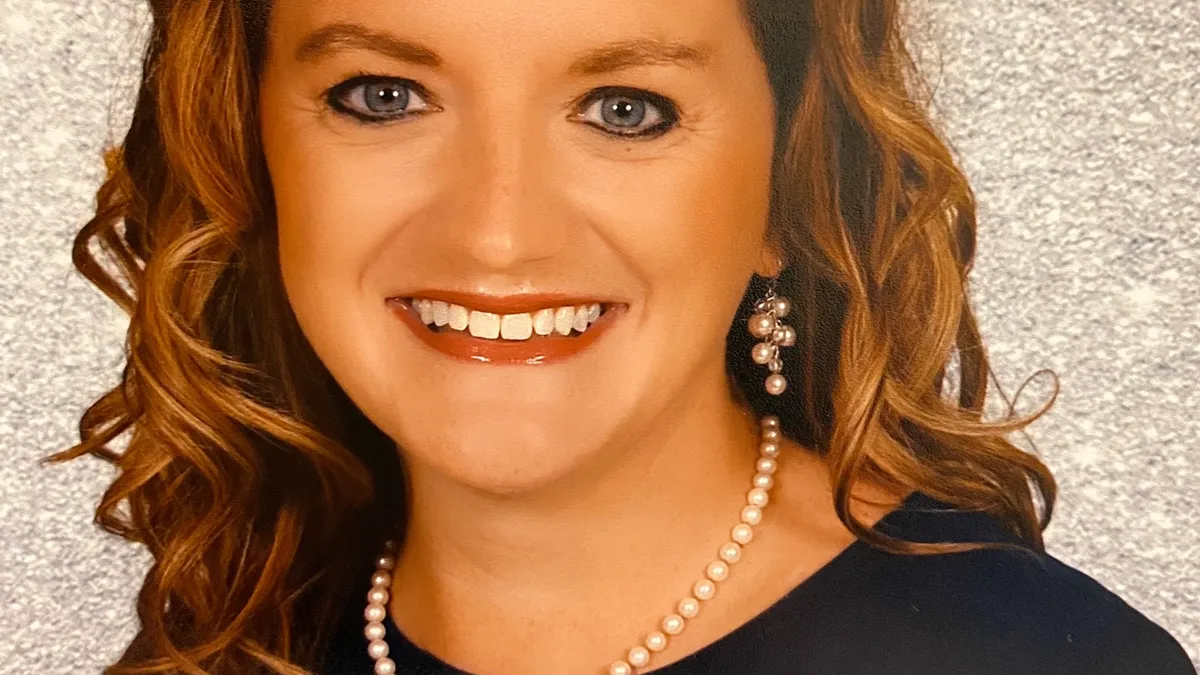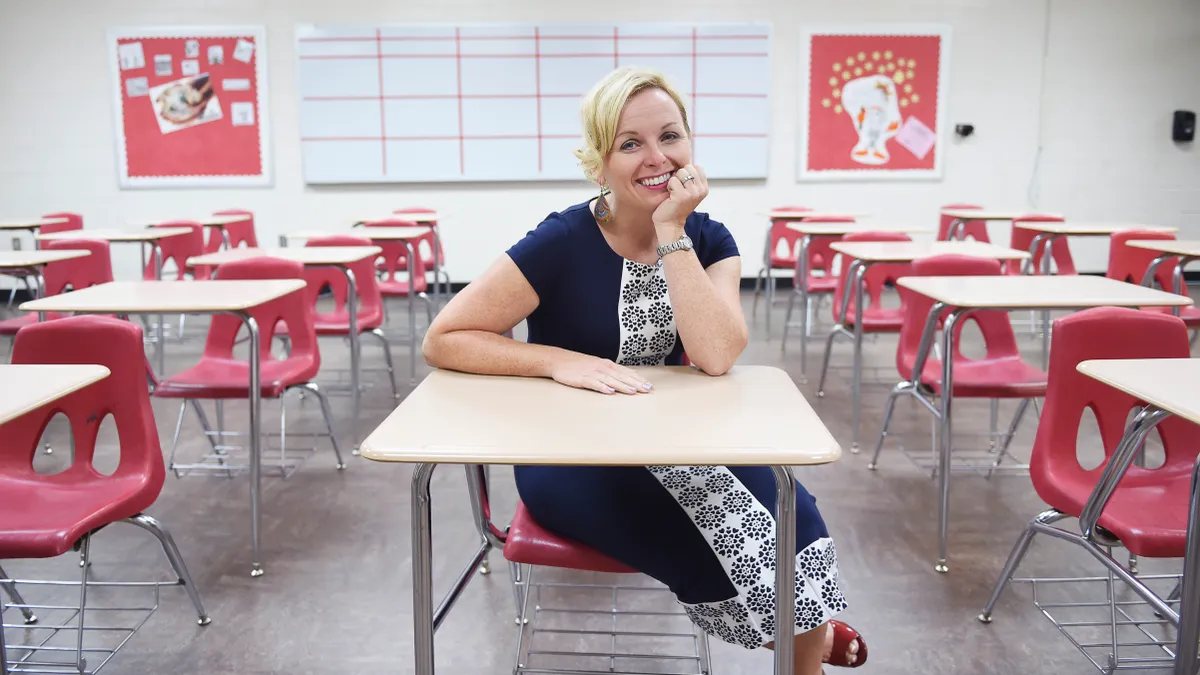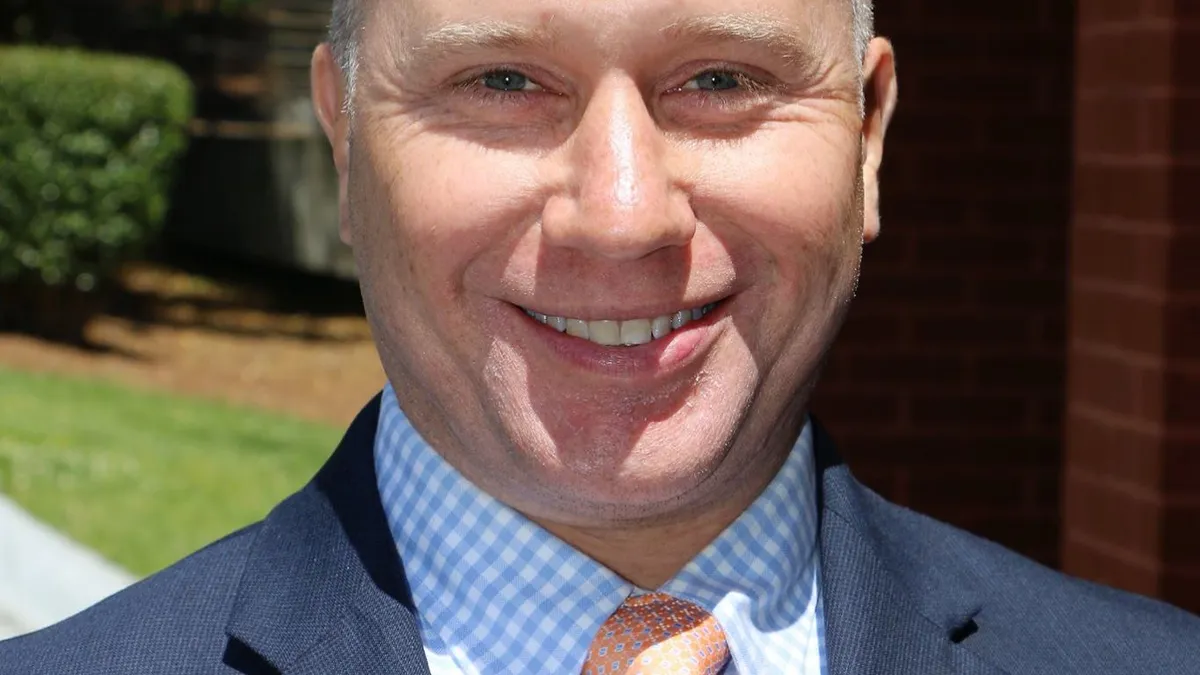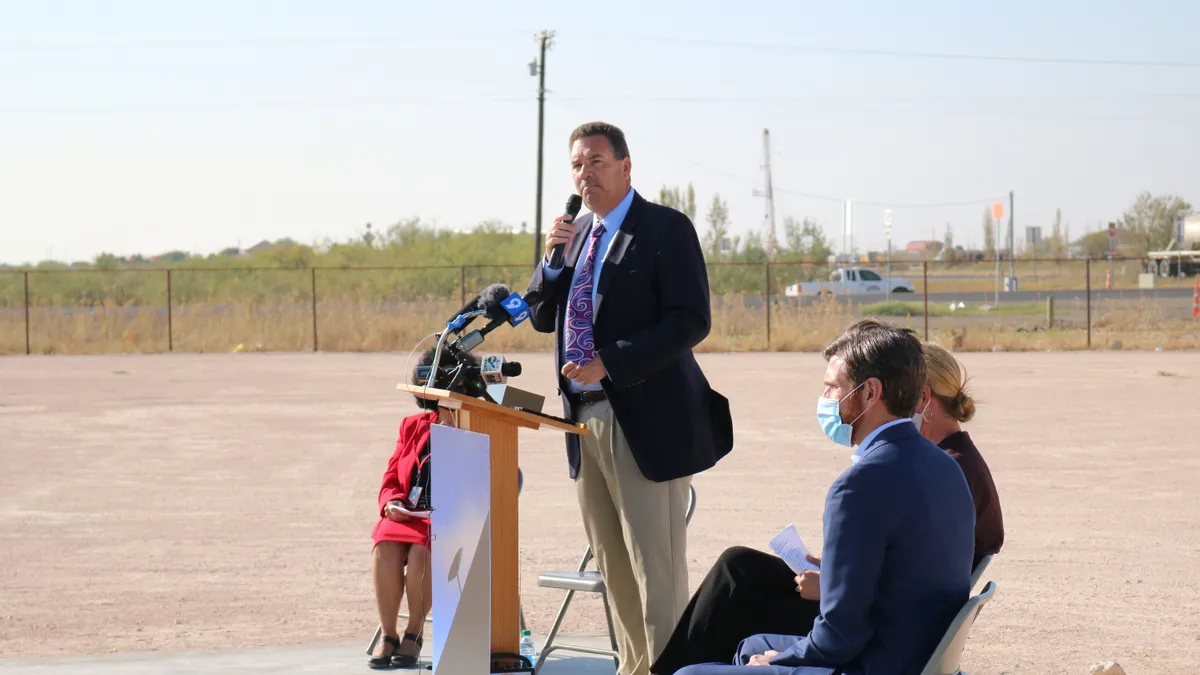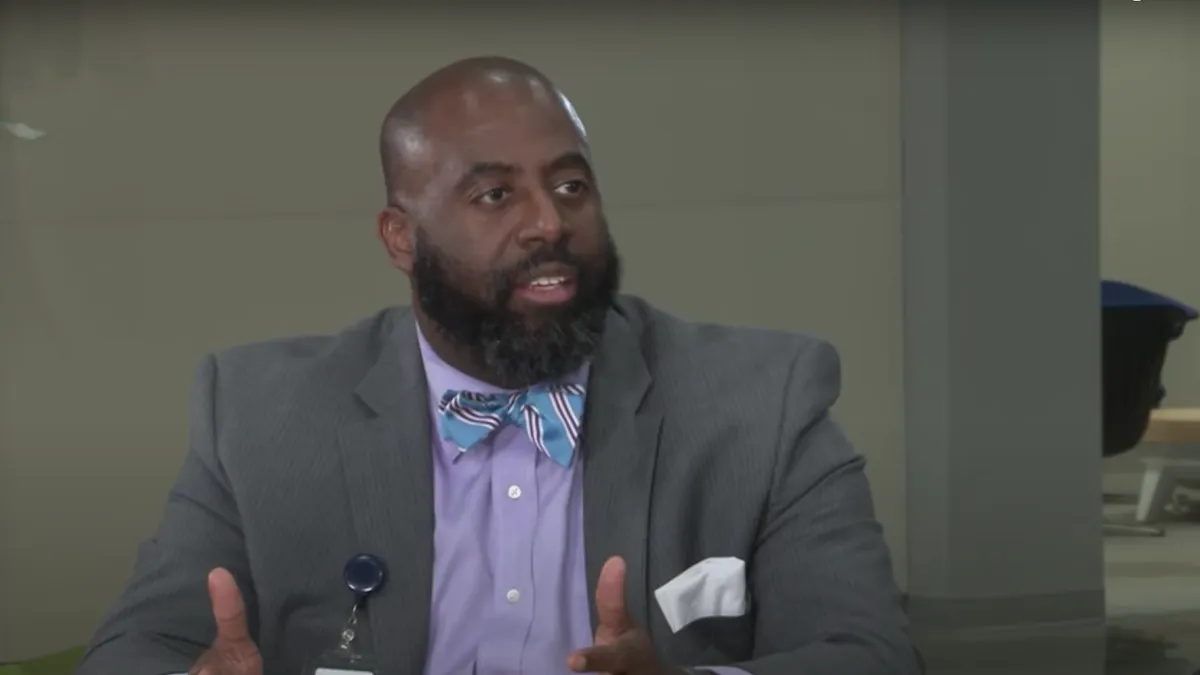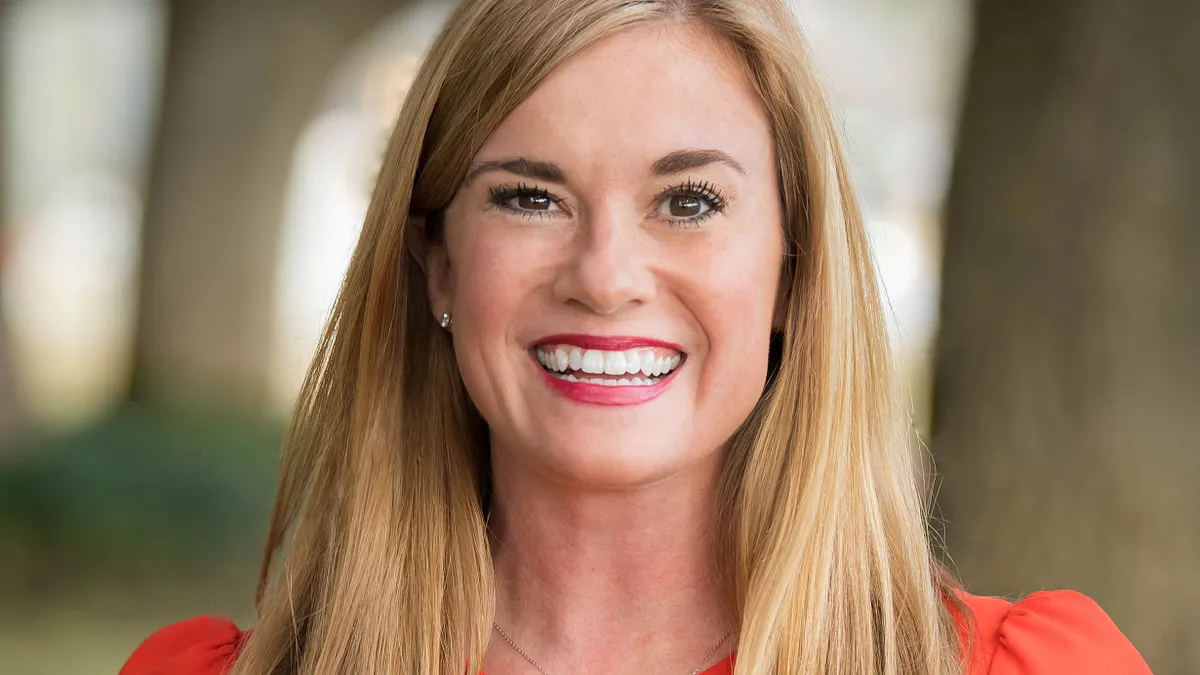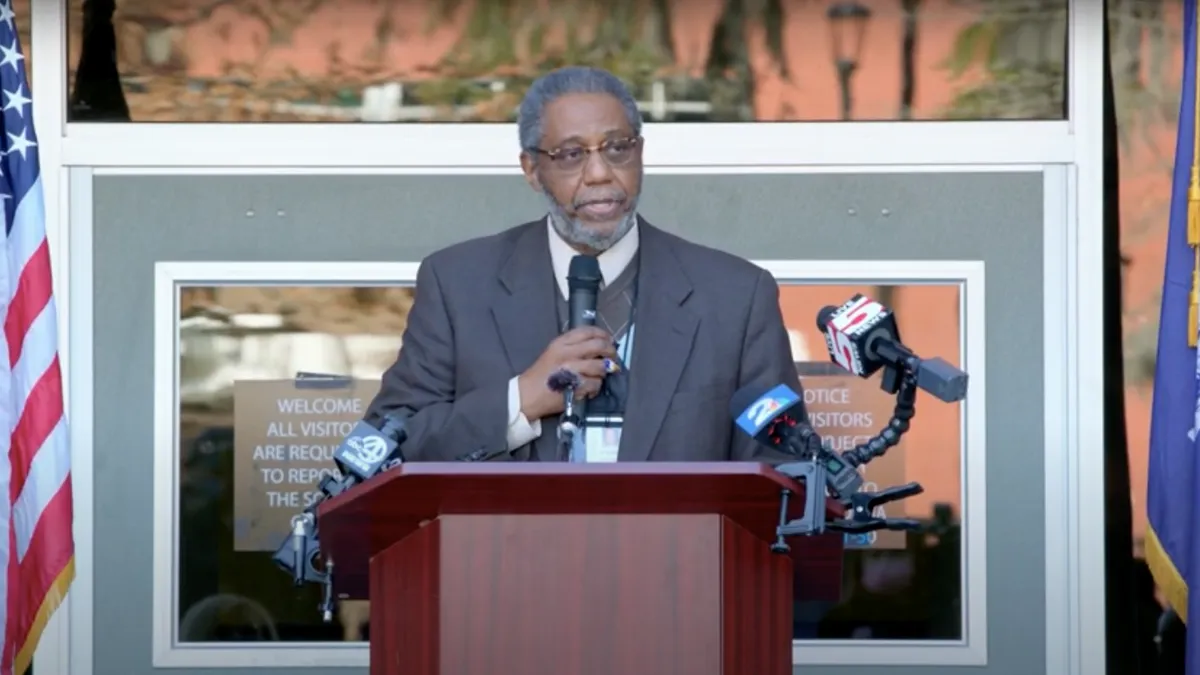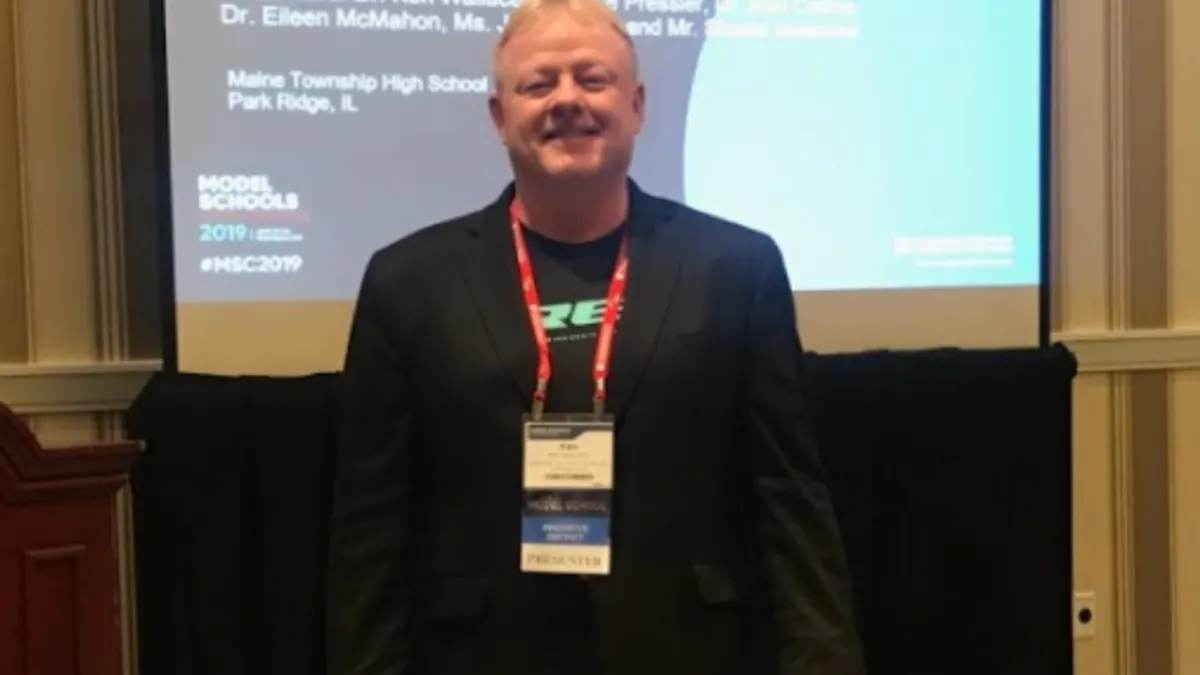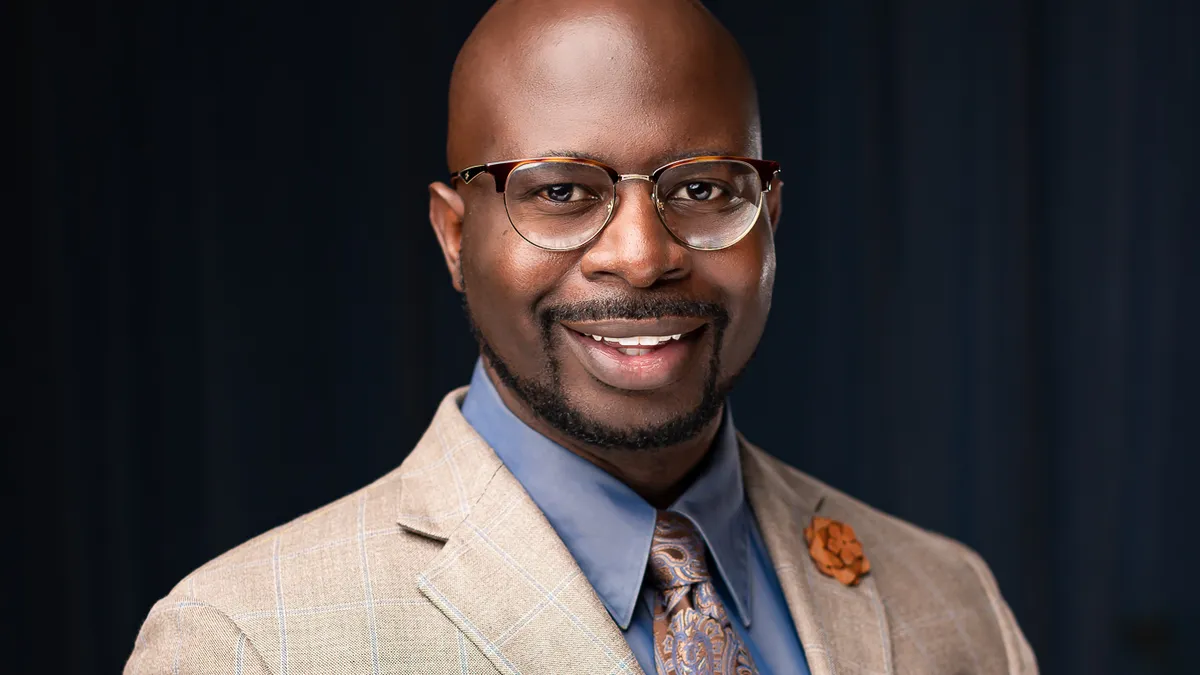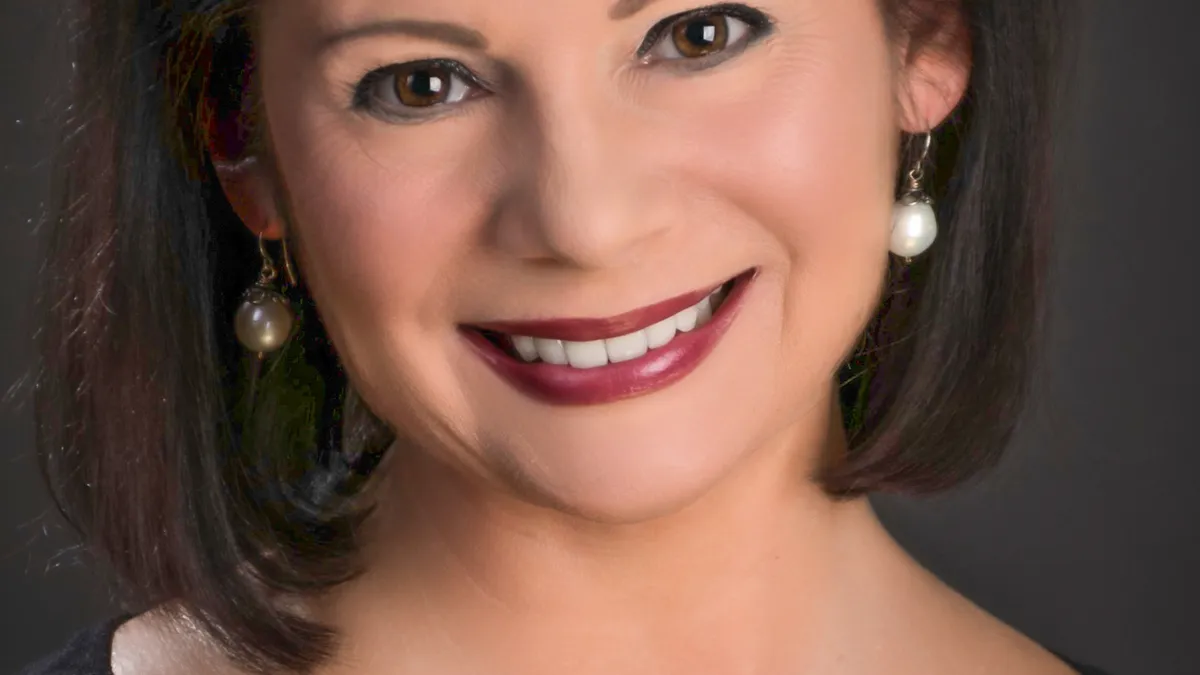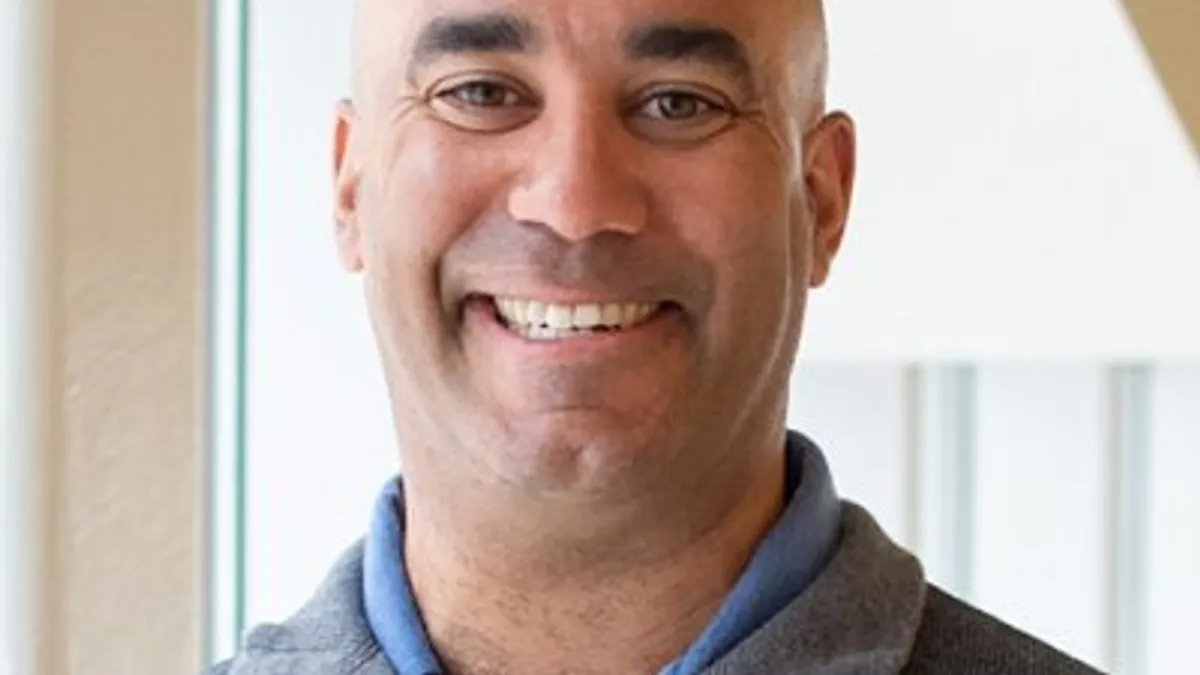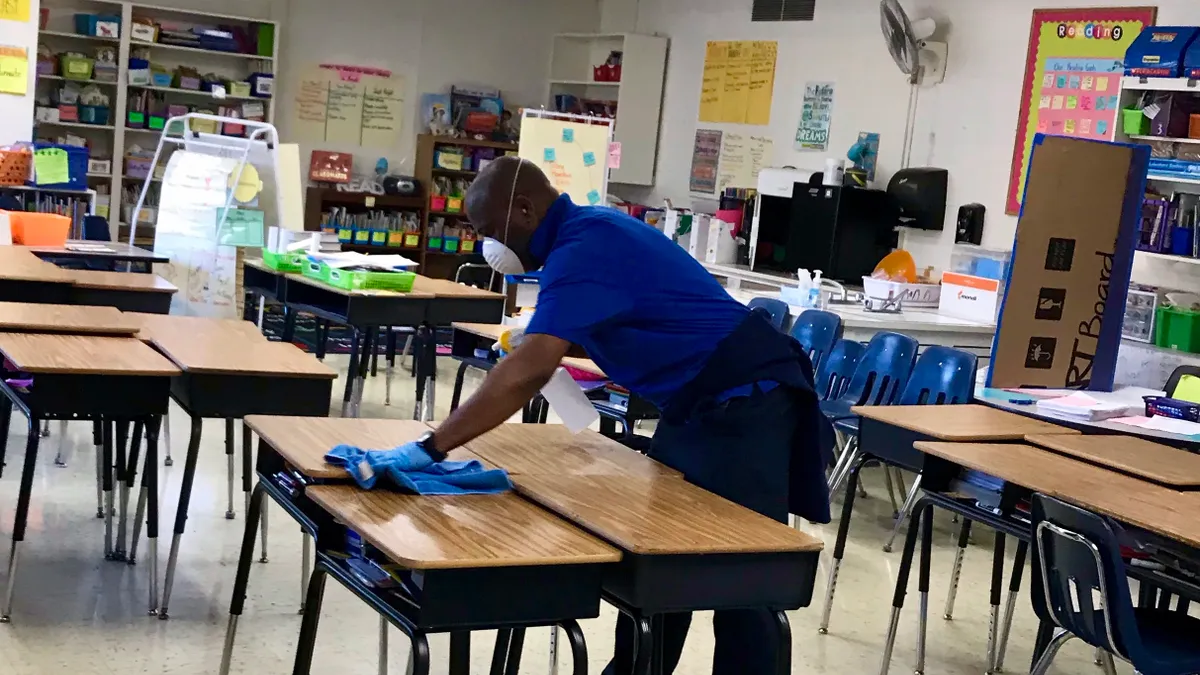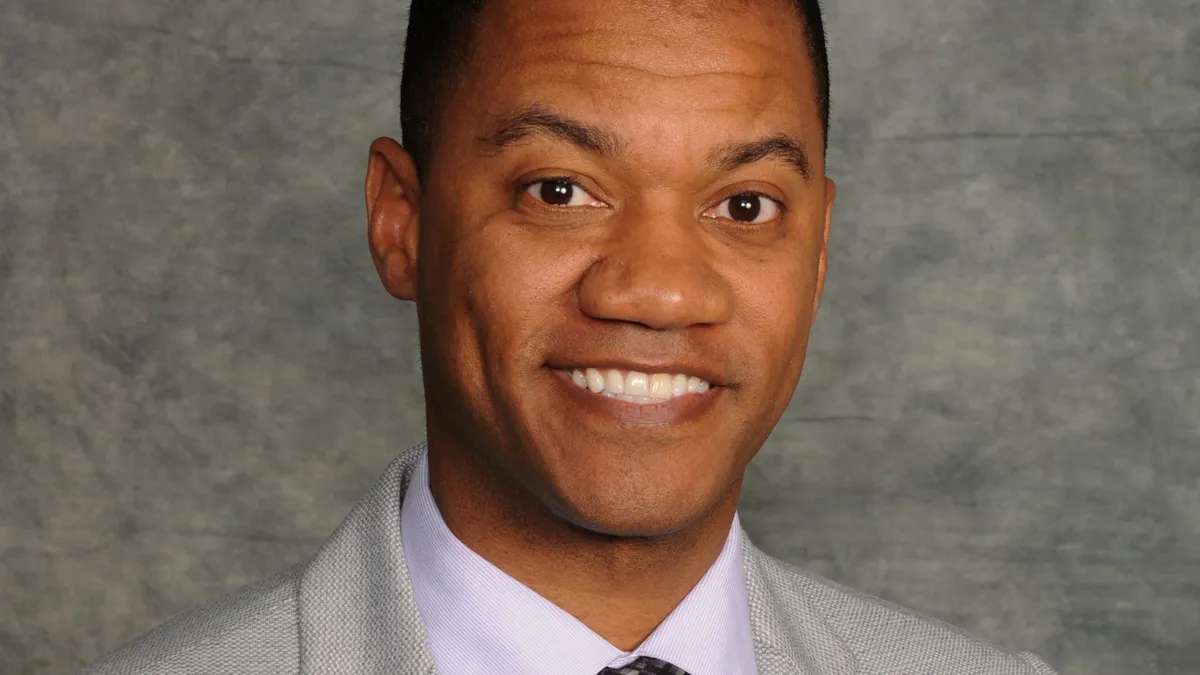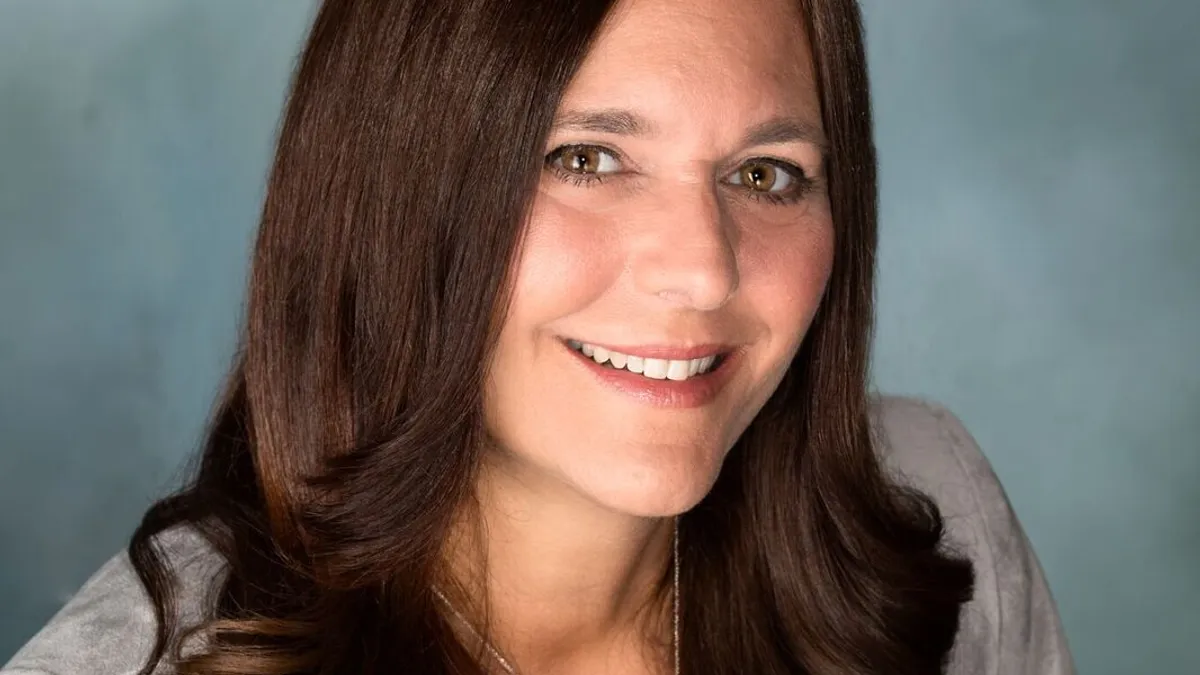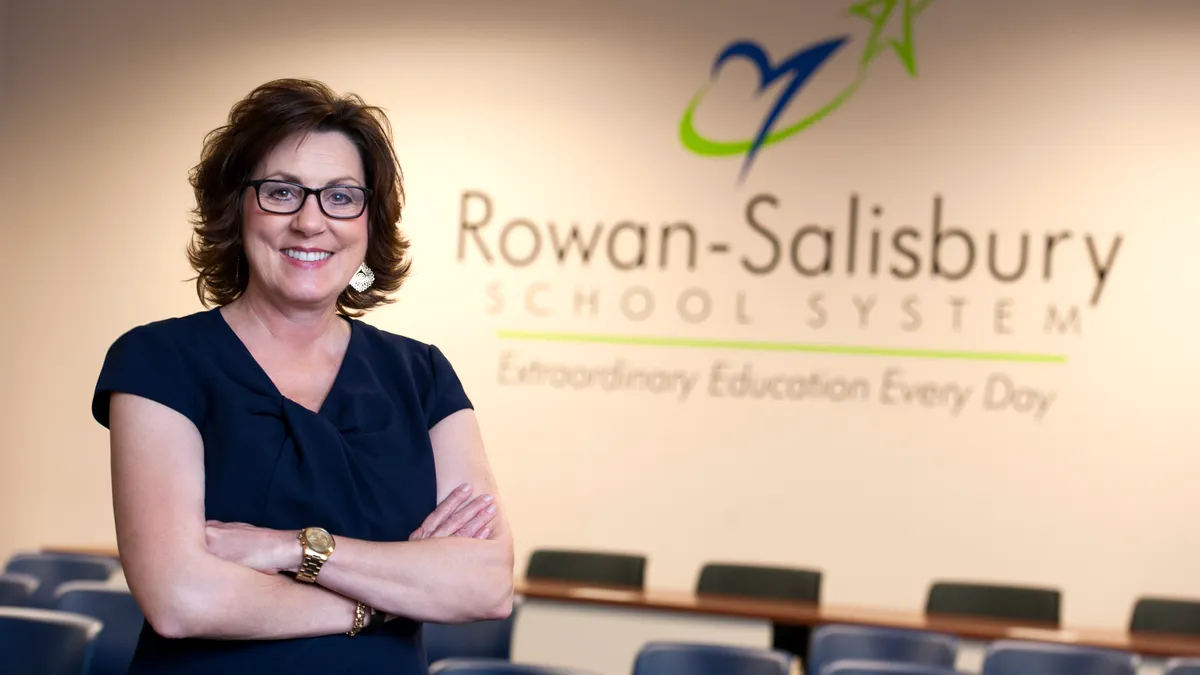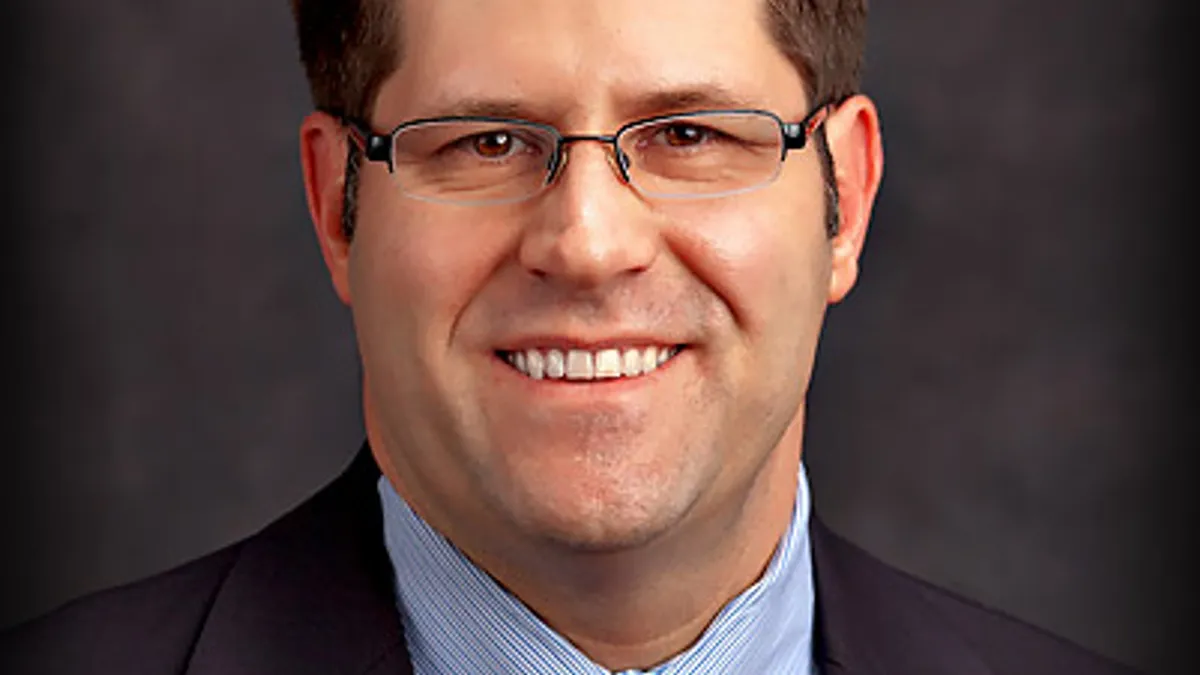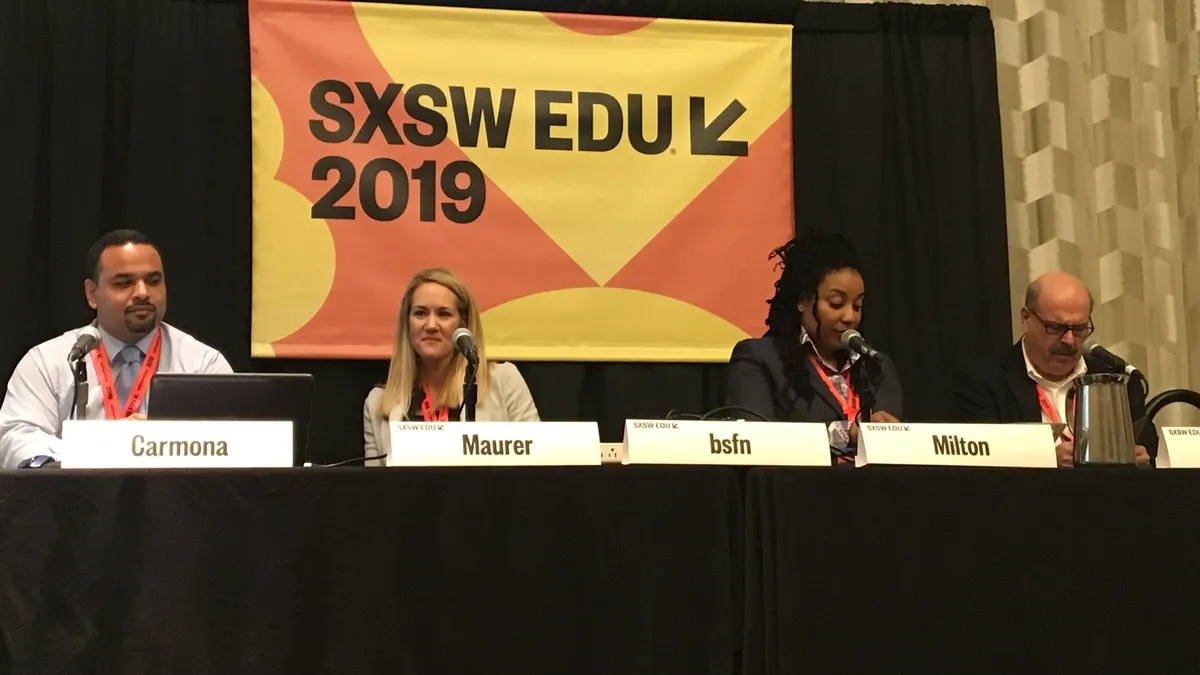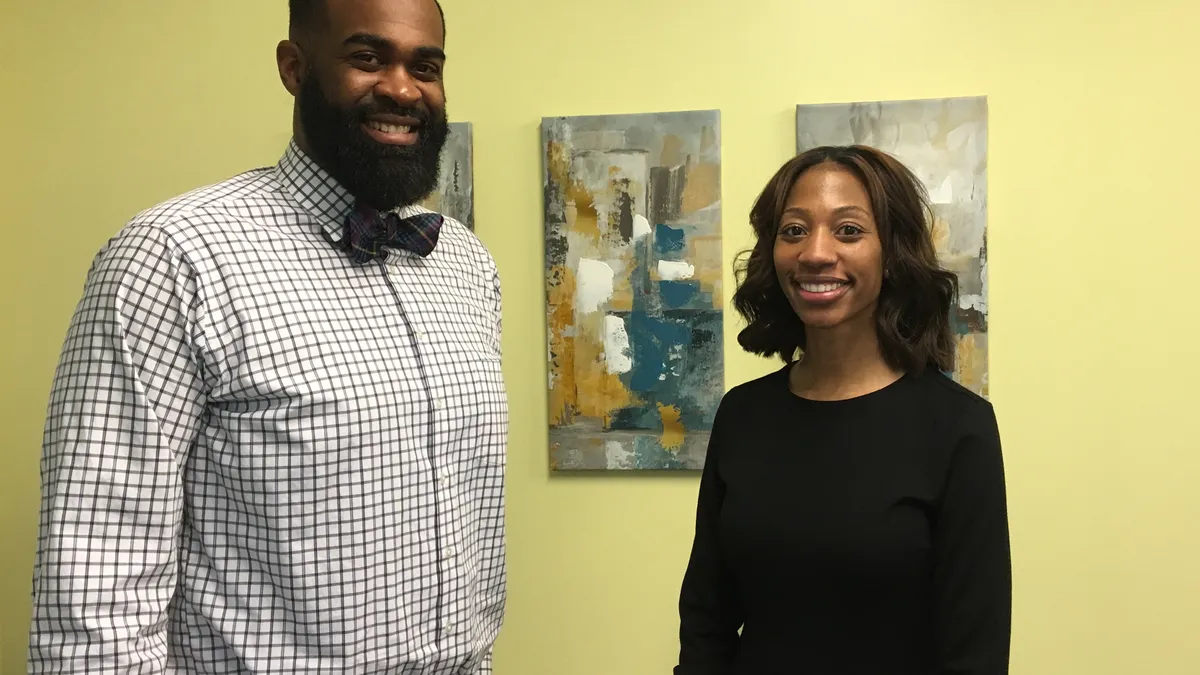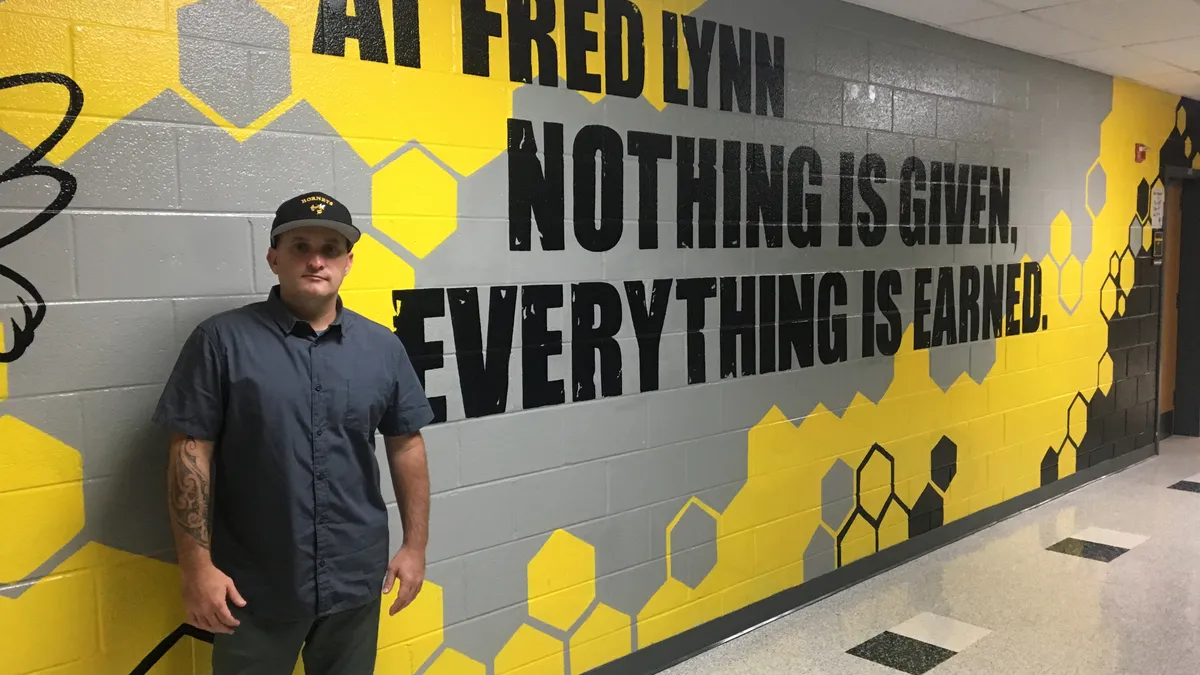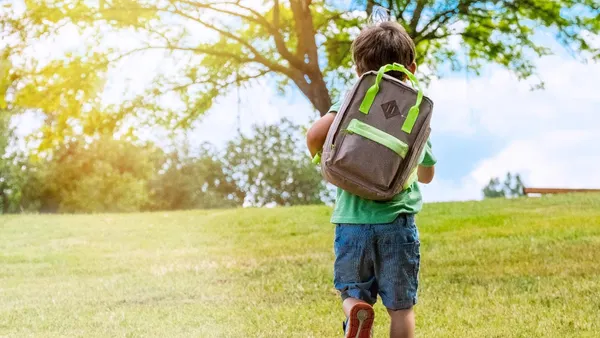Lessons In Leadership is an ongoing series in which K-12 principals and superintendents share their best practices and challenges overcome. For more installments, click here.
Leading a school or district is no easy task. Whether you're in a small town or bustling metropolis, the futures of hundreds — or even thousands — of students is dependent upon your success.
There's no shortage of challenges along, both within school walls (building culture and making ends meet on funding) and outside of them (poverty and geographic location, among others).
To learn more, Education Dive asked four seasoned school and district administrators to tell us about their greatest leadership challenges. Here's what they had to say.
Richard Gordon — Principal, Paul Robeson High School in Philadelphia
The biggest challenge I face every day is the fight to eradicate inequity while guiding change. For decades, the powers that be have publicly declared support for all children to receive a world-class education and graduate from high school prepared to enter college or a career. Unfortunately, privately, the powers that be have done very little to improve the circumstances of our current education system.
As the demographic and socioeconomic make-up of urban schools is rapidly increasing the number of students from low-socioeconomic backgrounds, English language learners and students of color — the very subgroups that are least likely to meet standards of proficiency on various state measures — the system as currently constituted is simply not designed or organized to ensure equity of resources, environmental standards and support across all schools.
We have been using standardized tests to sort and separate children, and we have been "reforming" public education for decades — and the case of equity for all still remains. Advantages based on race, family structures and economic status exist among the same students within the same school districts, let alone the differences between students existing in poorer districts versus more affluent ones.
Every day in Philadelphia, I bear witness to so many students who encounter wide and troubling variations in their school experiences, and as school leaders, we are left to our own devices to try and equalize future experiences for all students with little to no support. School leaders may do their best to apply the latest research-based learning strategies and use evolving educational technologies. However, in communities of poverty or concentrated minority demographics, we sort students, separating them (magnet versus everyone else) and passing them through sub-standard facilities and physical plant designs developed over 100 years ago.
Suzanne Lacey— Superintendent, Talladega County Schools in Alabama
In recent years, one of the greatest leadership challenges has been teacher recruitment. Fewer individuals are seeking teaching as a career, which has resulted in many available teaching slots being filled by individuals who do not hold teacher certification. The problem continues to magnify especially at the secondary level.
Superintendents are constantly working with area universities to recruit and hire the limited number of students graduating with teacher certification. The Alabama State Department of Education is addressing the need by examining current routes to alternative certification in hopes of attracting more individuals into teaching. Hopefully, the process will be less cumbersome!
In Talladega County Schools, we have elementary teachers who have agreed to take the PRAXIS exam for secondary areas and transferred these teachers to positions at the secondary level. The pool for elementary teachers is more robust than any other area. We have a much greater likelihood of filling an elementary position when compared to secondary openings.
Michael Meechin — Principal, NeoCity Academy in Kissimmee, Florida
The greatest leadership challenge that I face today is to ensure the hiring of the highest quality of educator that I can find. With so much in the news and media about our profession, education continuing to be a back-burner election issue, and the lack of future education majors entering post-secondary education — the challenge is real. I am a believer that the classroom teacher has the most profound impact on a child's education. No program, research strategies or any other "quick fix" can match the impact of a great teacher.
This is especially true at the secondary levels. You just do not see many students going into secondary education to teach. Sadly, this is not a profession that is valued in our society the way that I think that it should be. It is one of the most rewarding jobs that you can have, but tough without the right training and professional development.
Scott Baytosh — Head of School, Alexandria Country Day School in Alexandria, Virginia
My greatest leadership challenge is maintaining a regular personal presence among teachers, staff, and students. The business and administrative demands of the school are only increasing, and it is always difficult to get outside my office and away from meetings to wander the halls and classrooms and connect with members of my school community. And yet, I believe these connections are vitally important to building trust, deepening my understanding of the opportunities and challenges that exist within my school, and strengthening the personal relationships that nourish an effective team.
To address this challenge, I accept every invitation to read to students or participate in an activity with them. I also try to schedule time in my calendar for "walking around," use "discovered time" from canceled meetings for this purpose, and use a spreadsheet to track which classrooms I've visited and when. This last step provides a reality check and added motivation when the demands of my office get the better of me.



